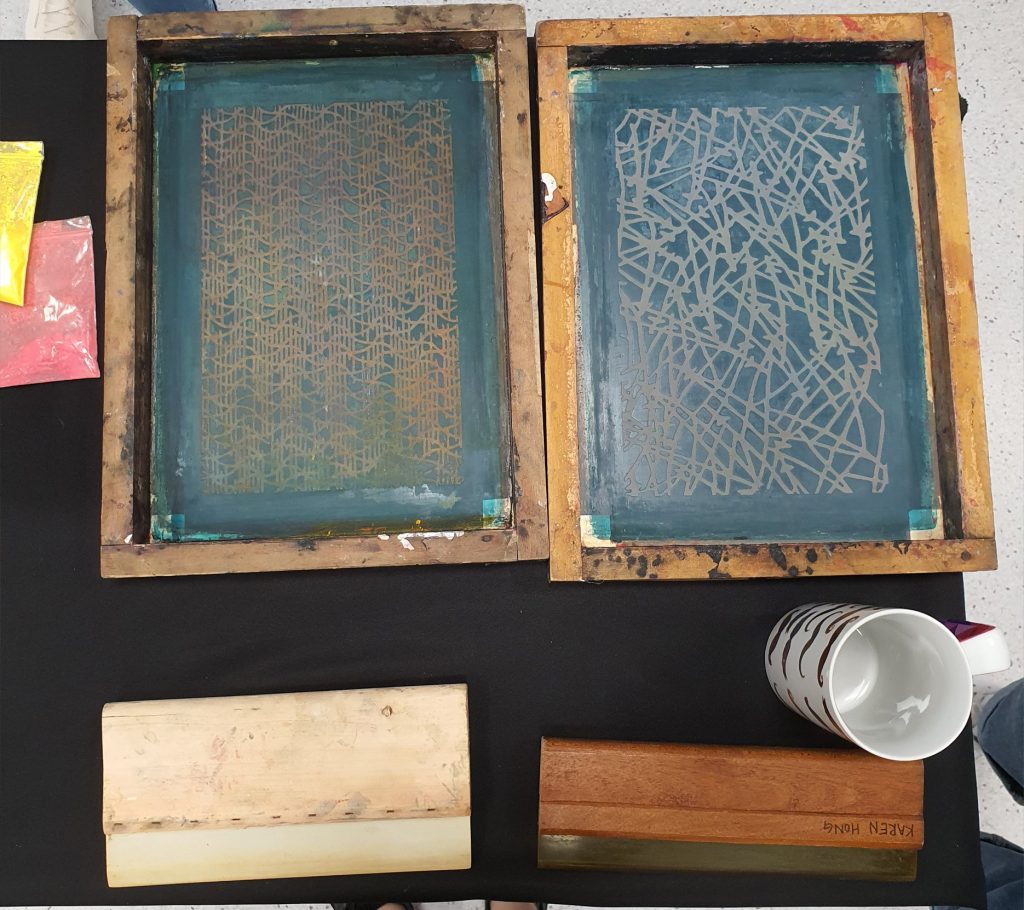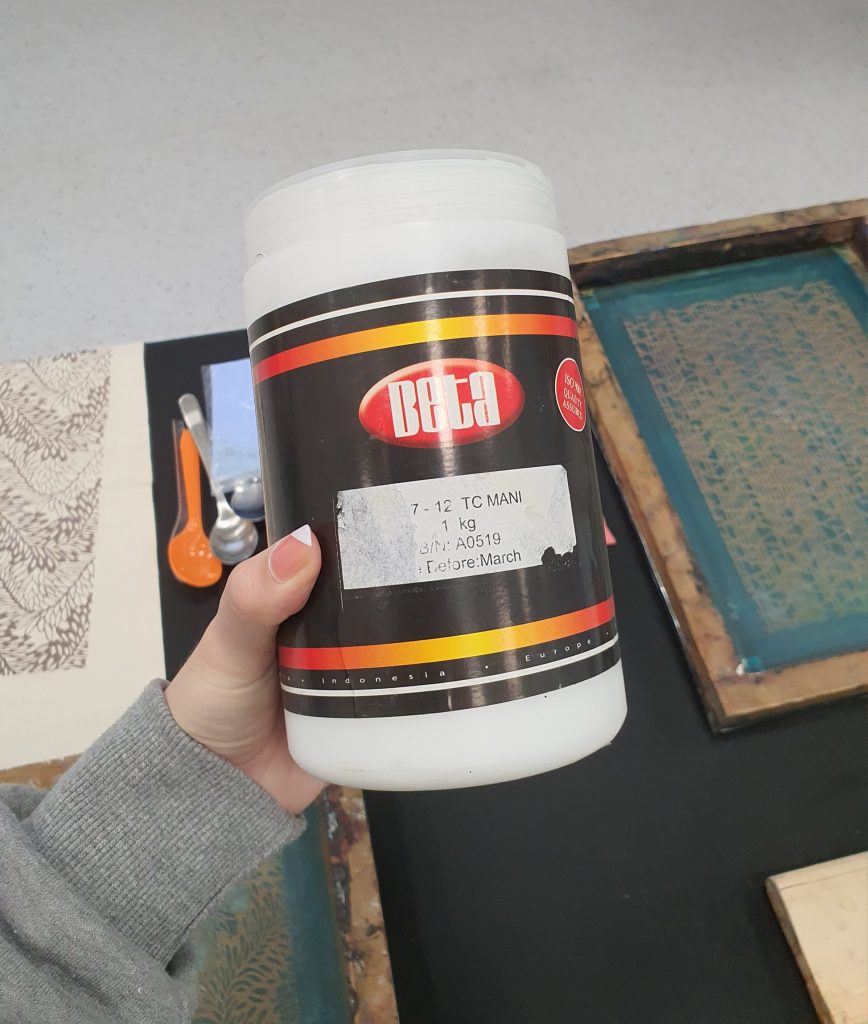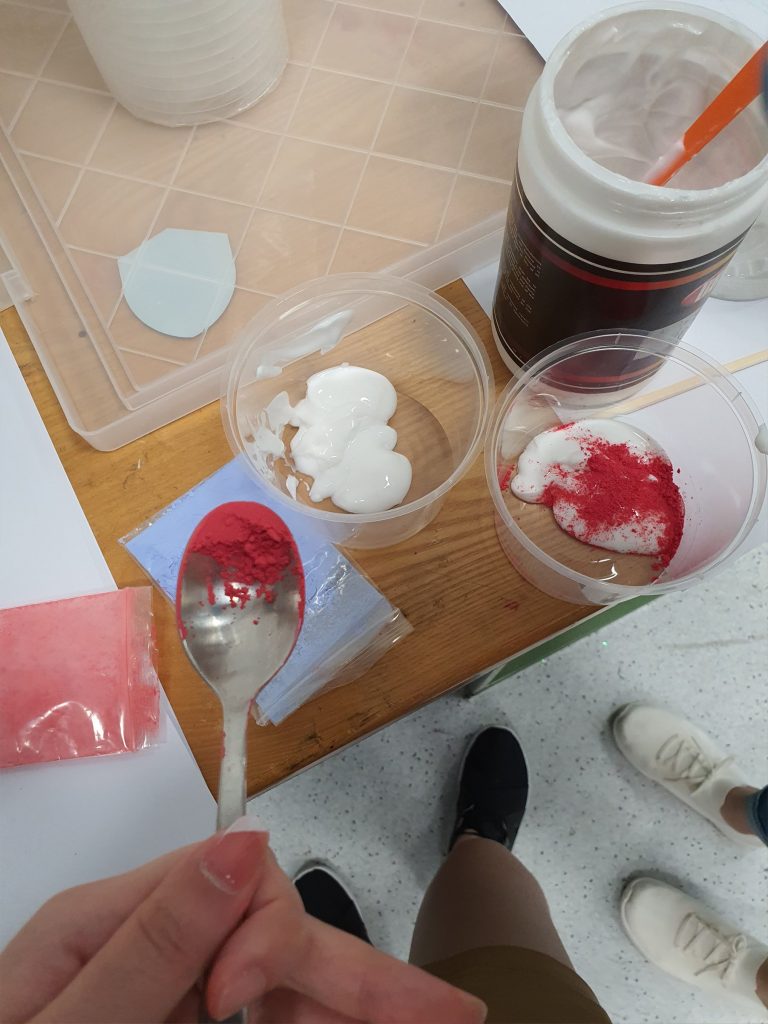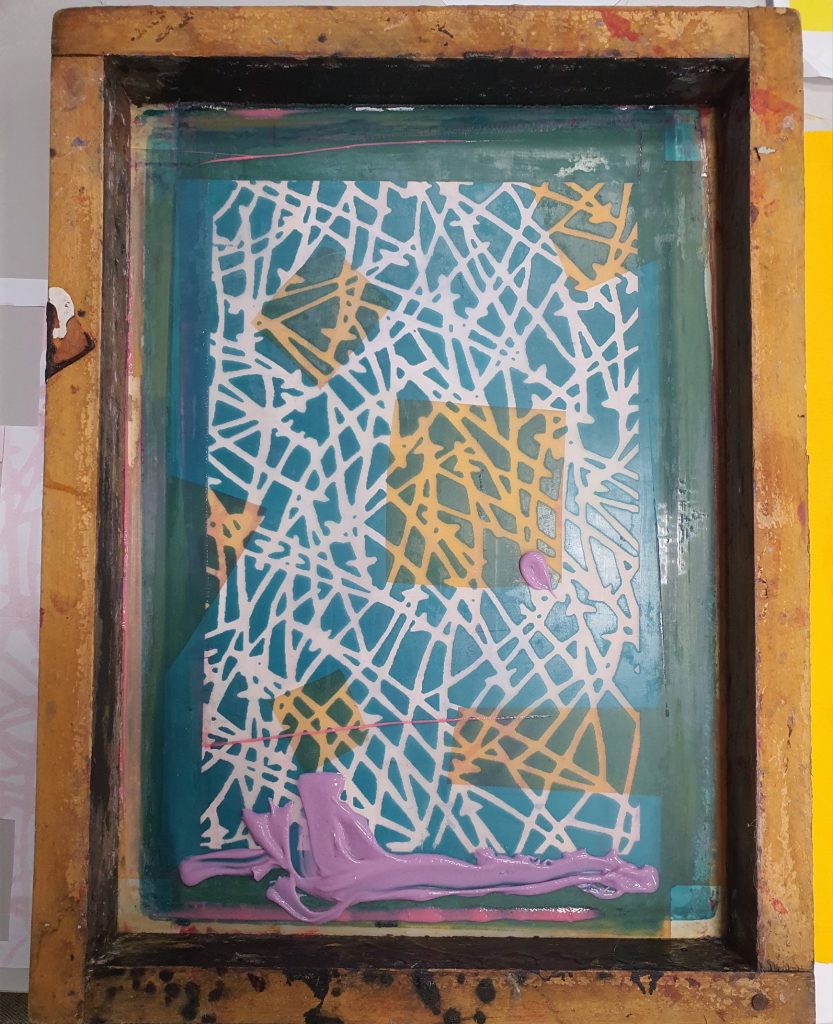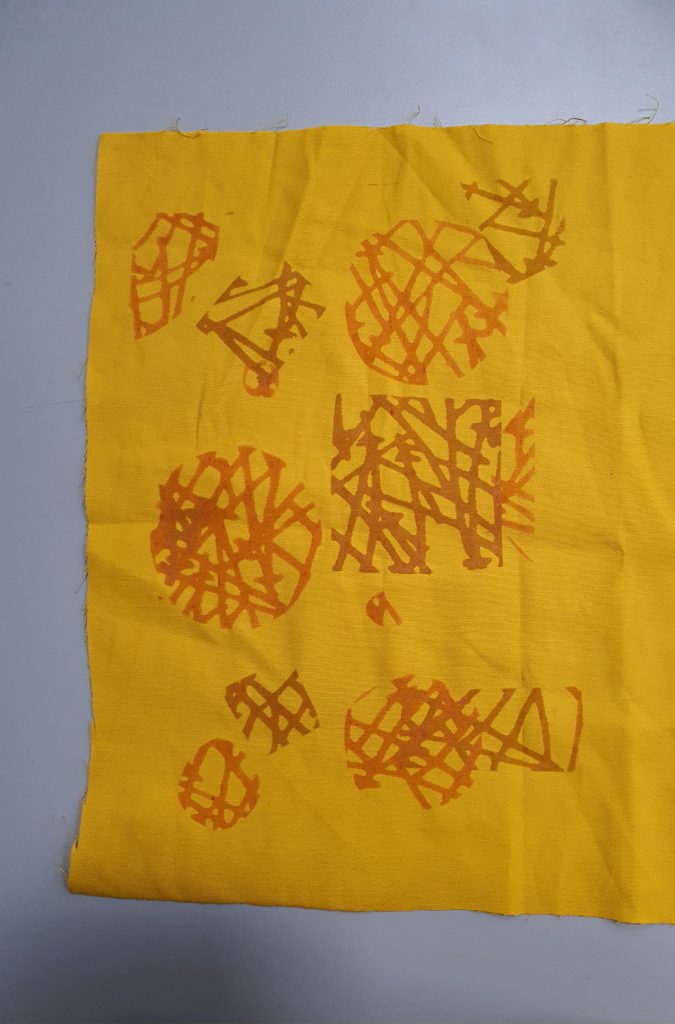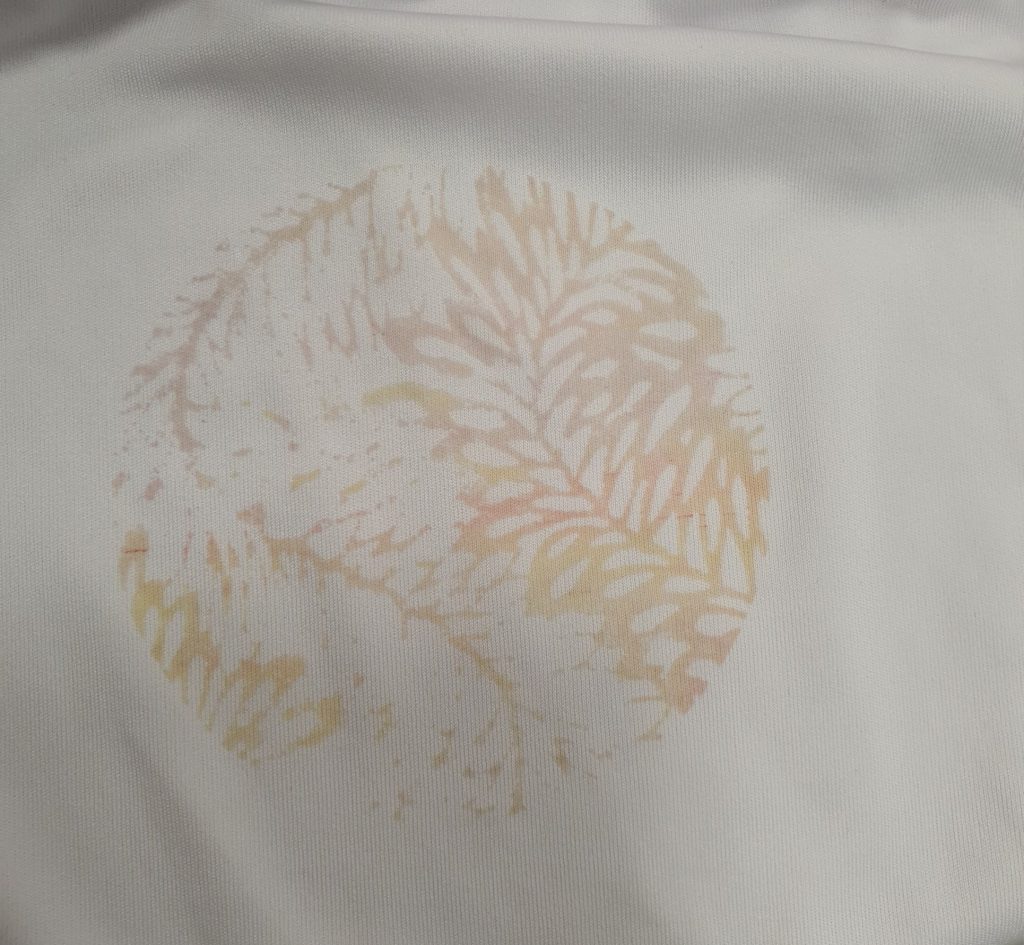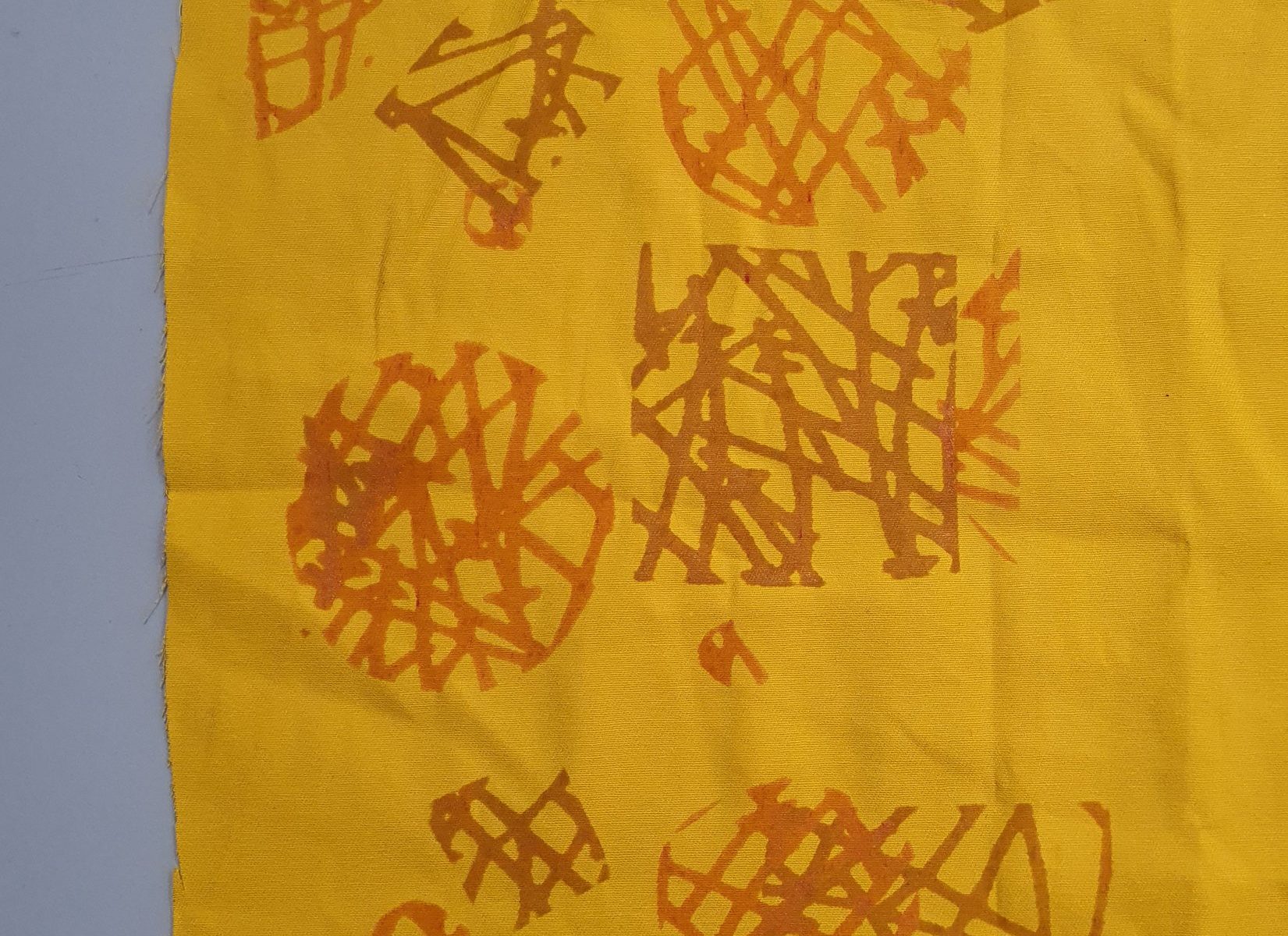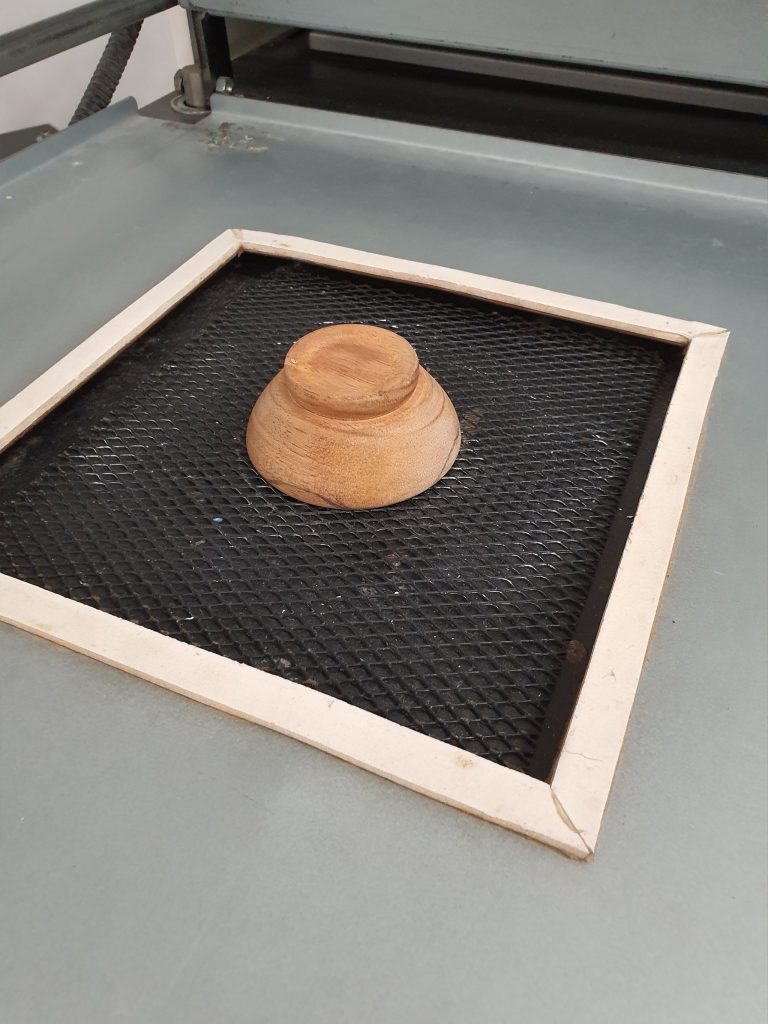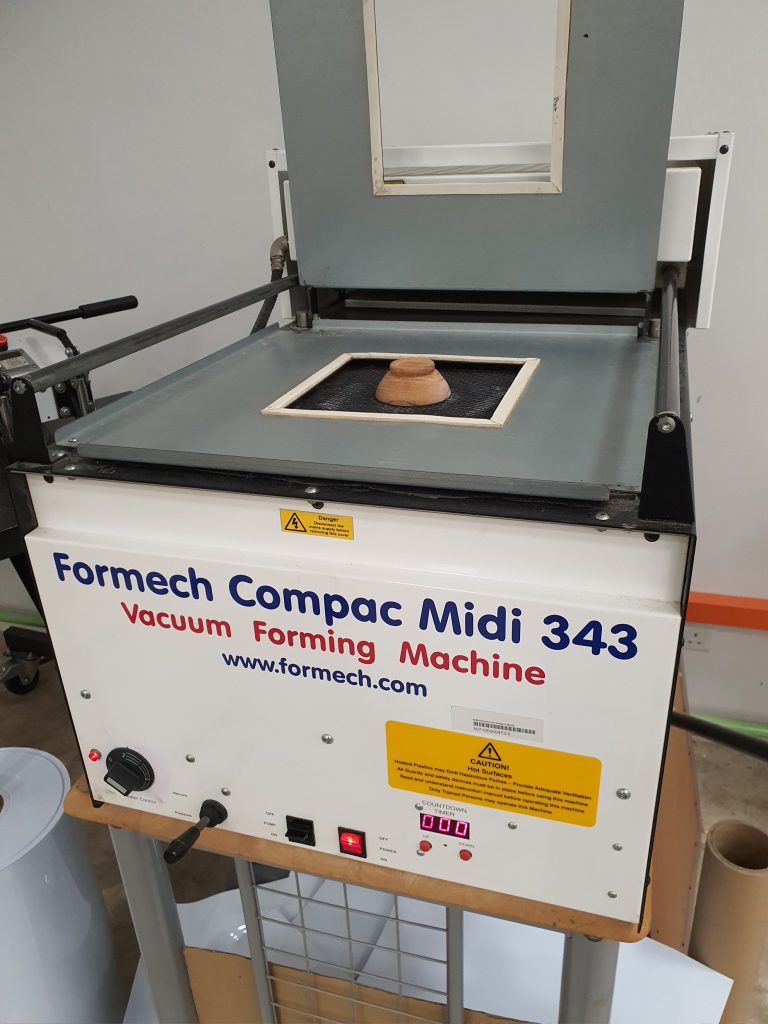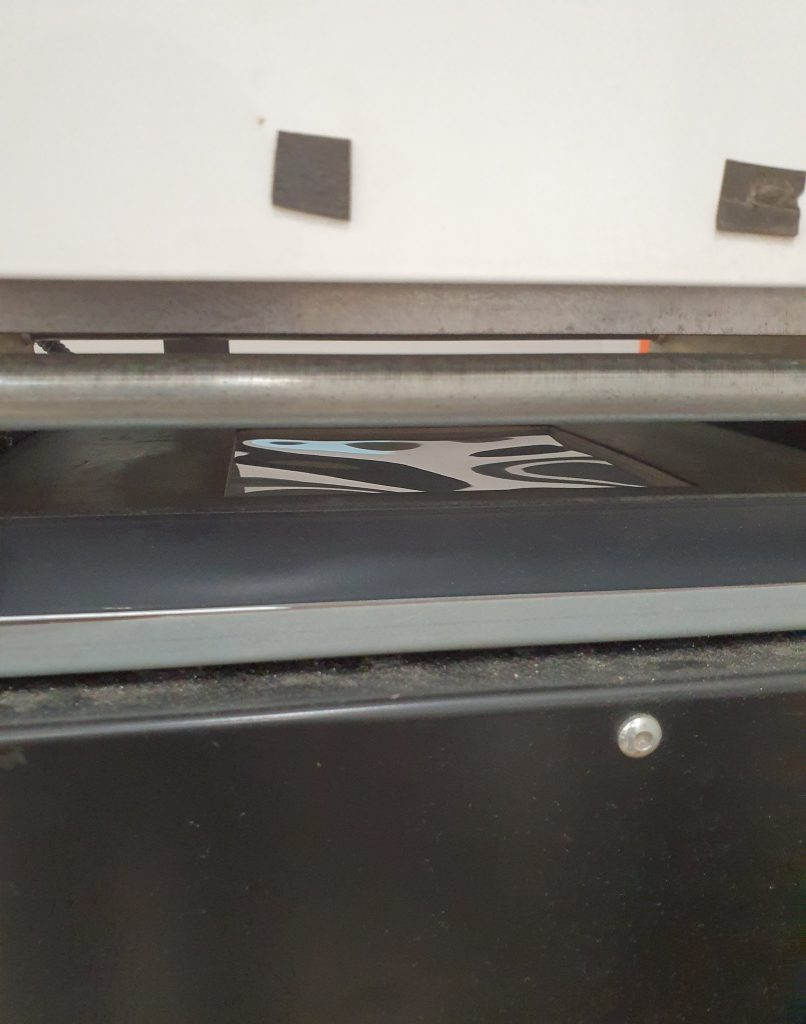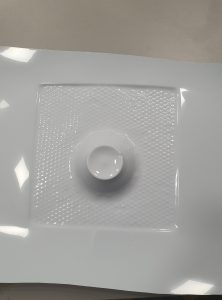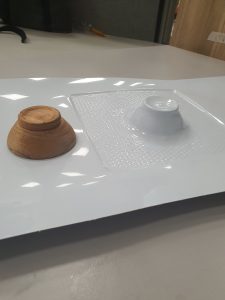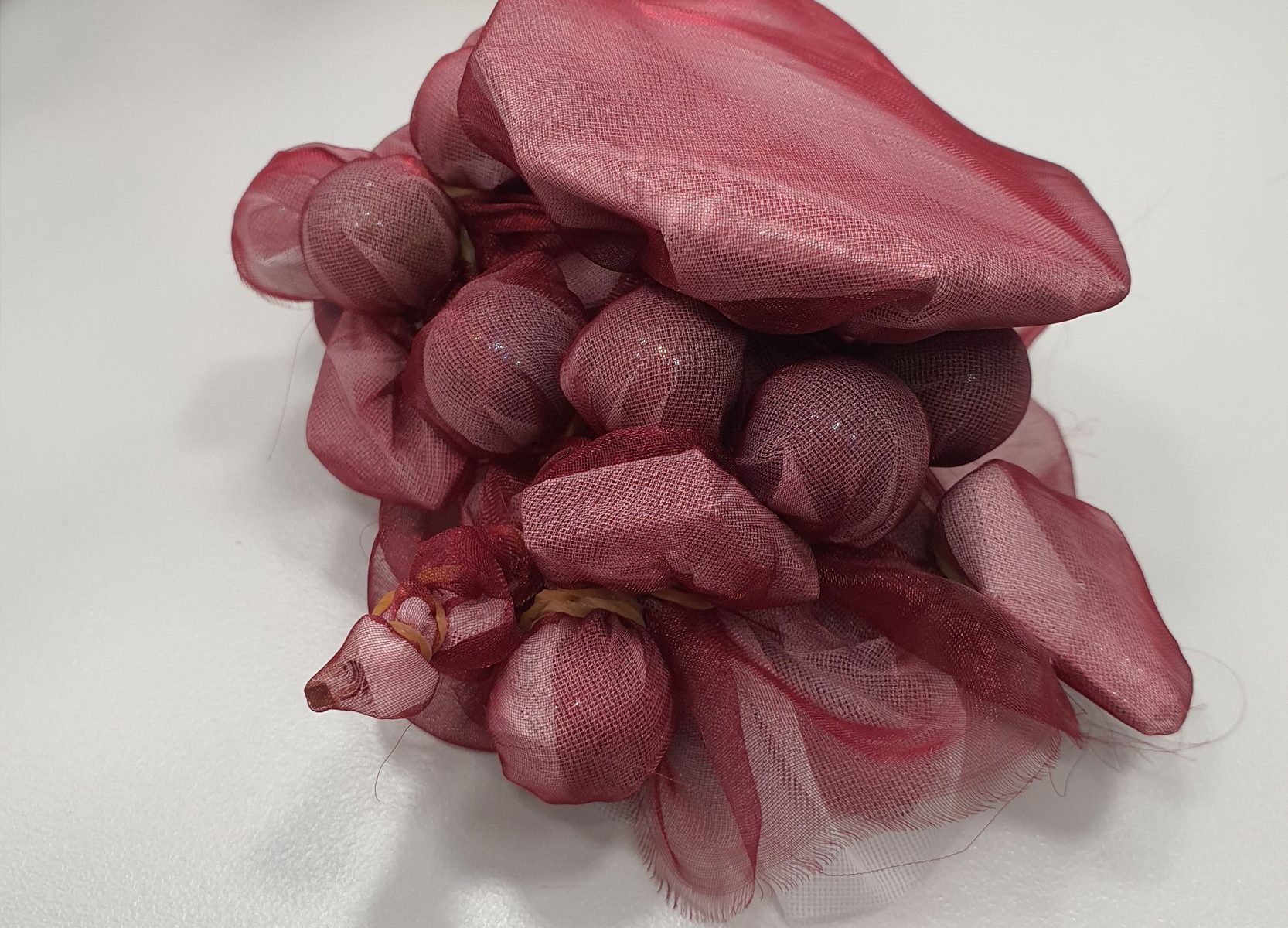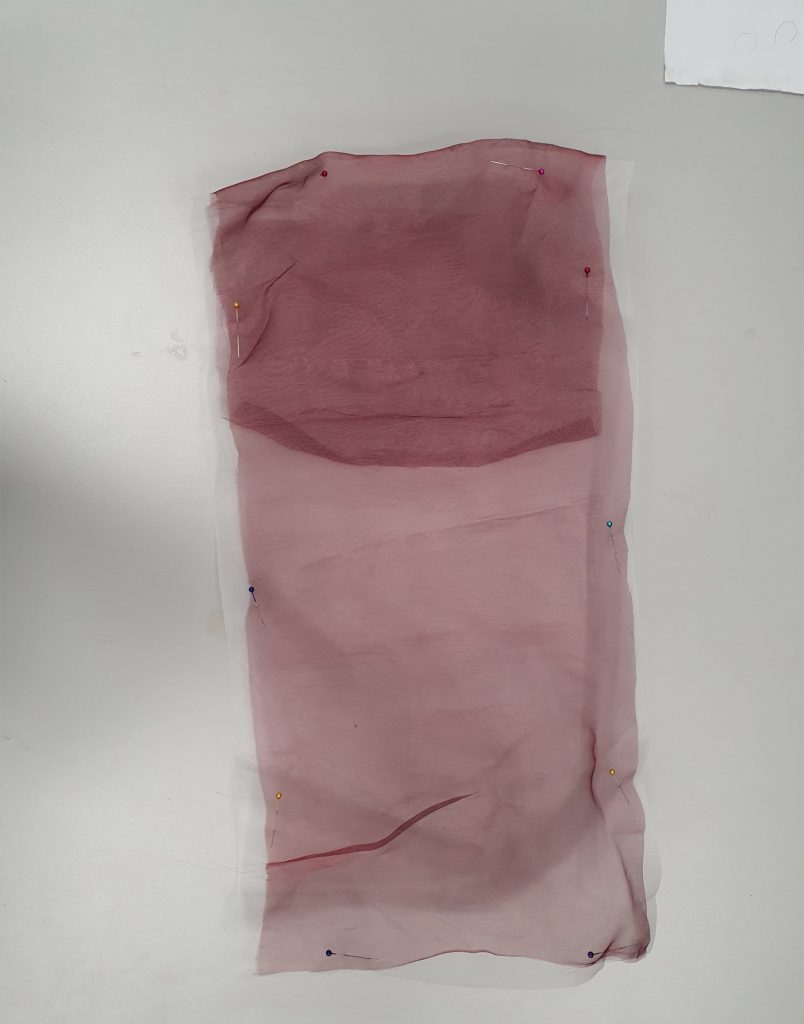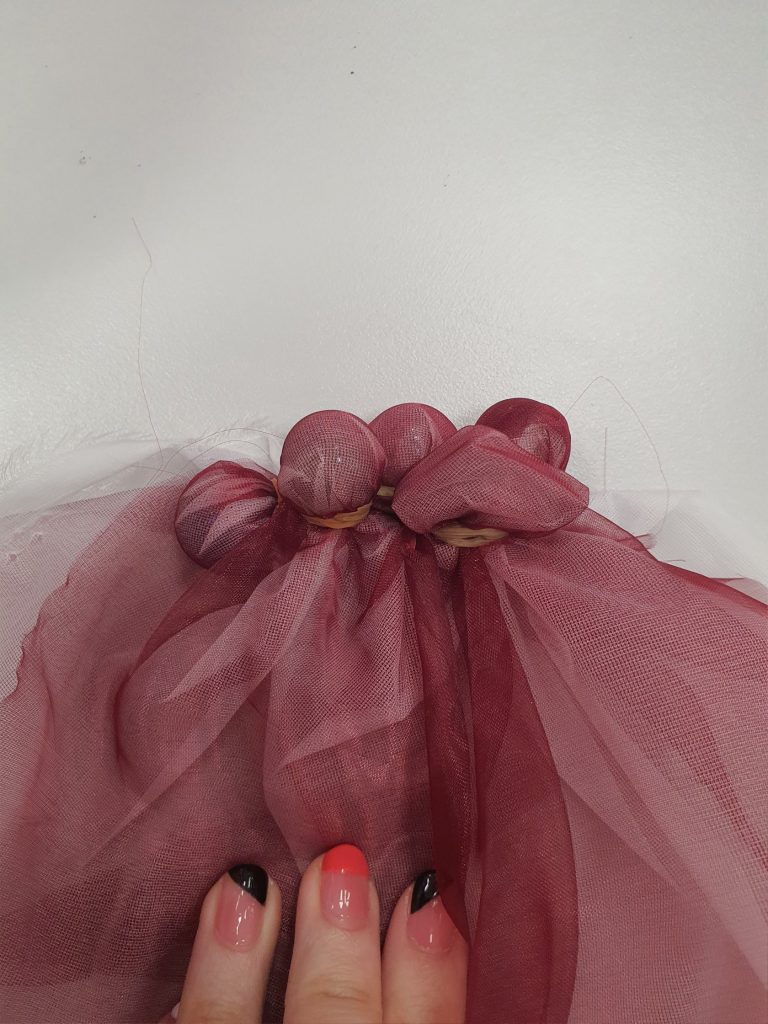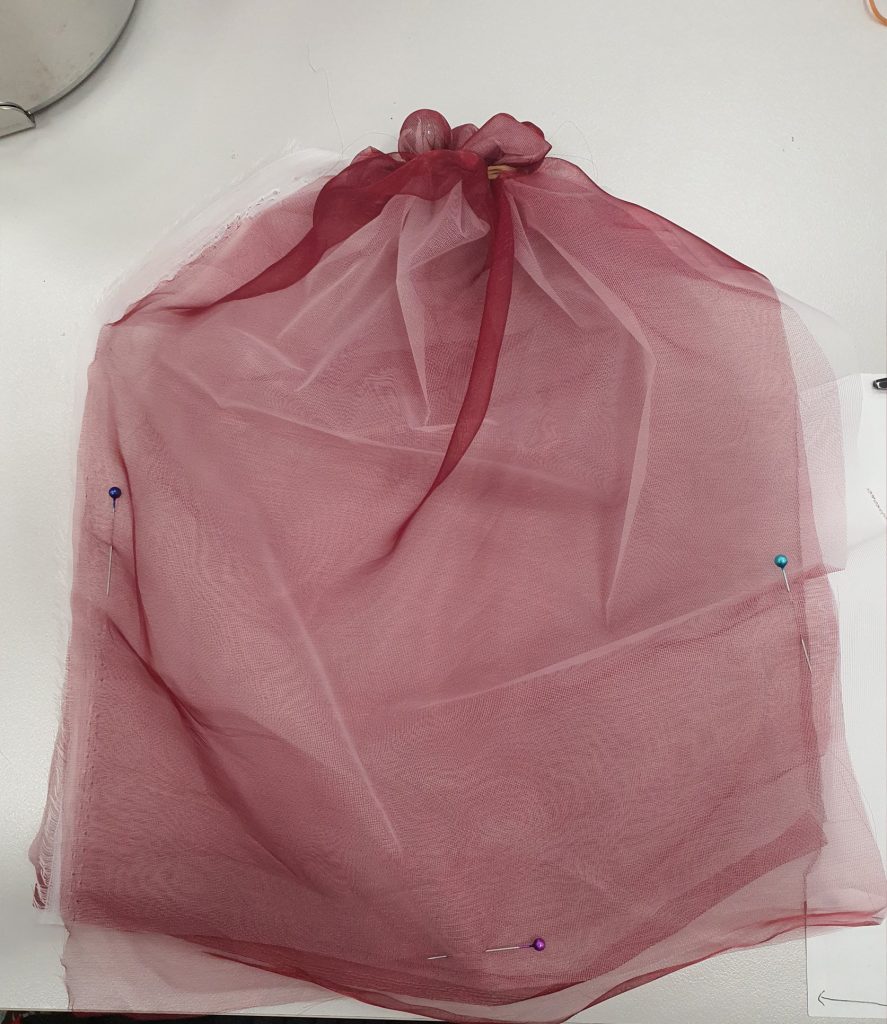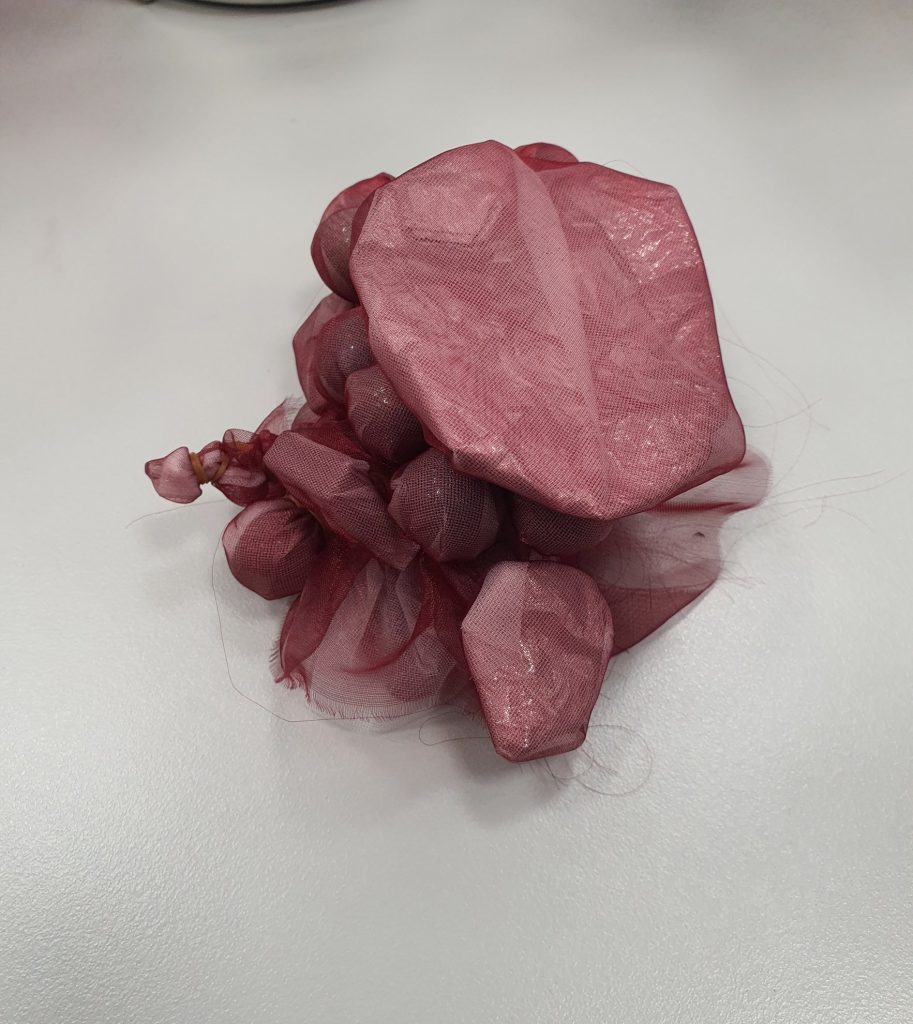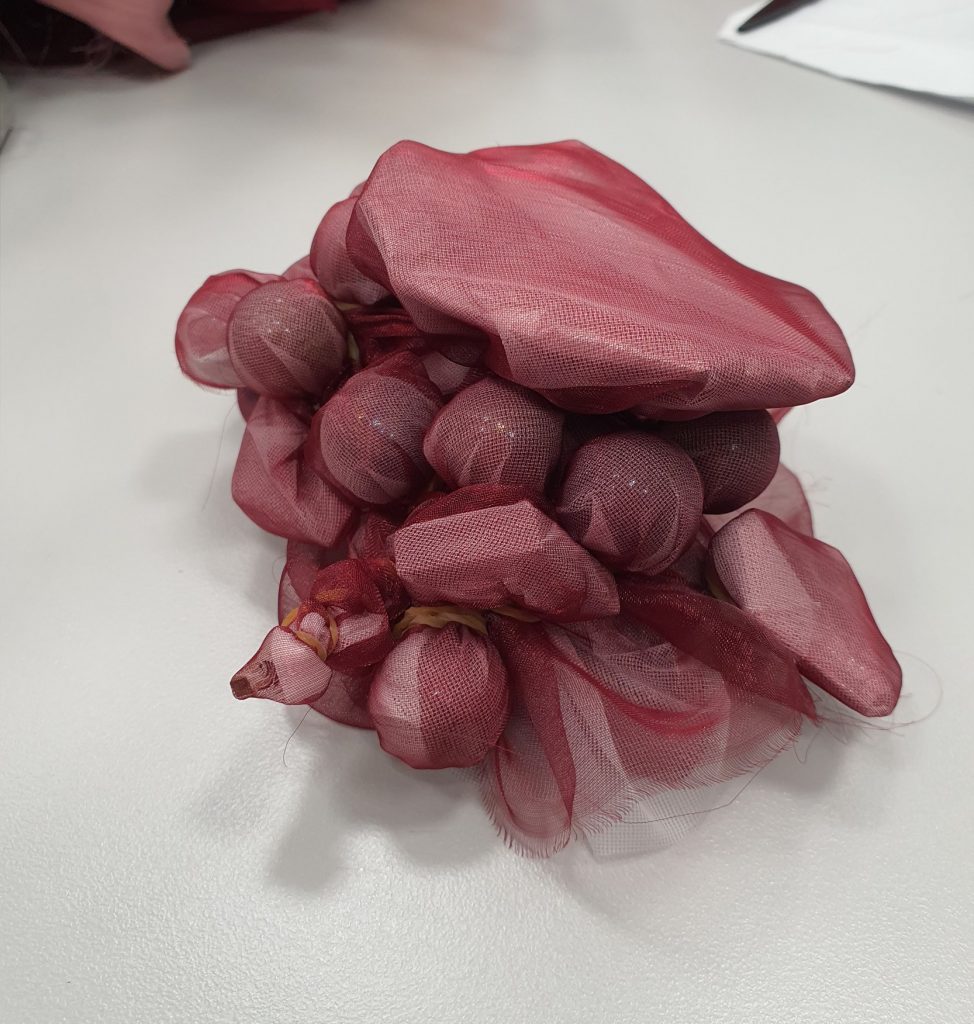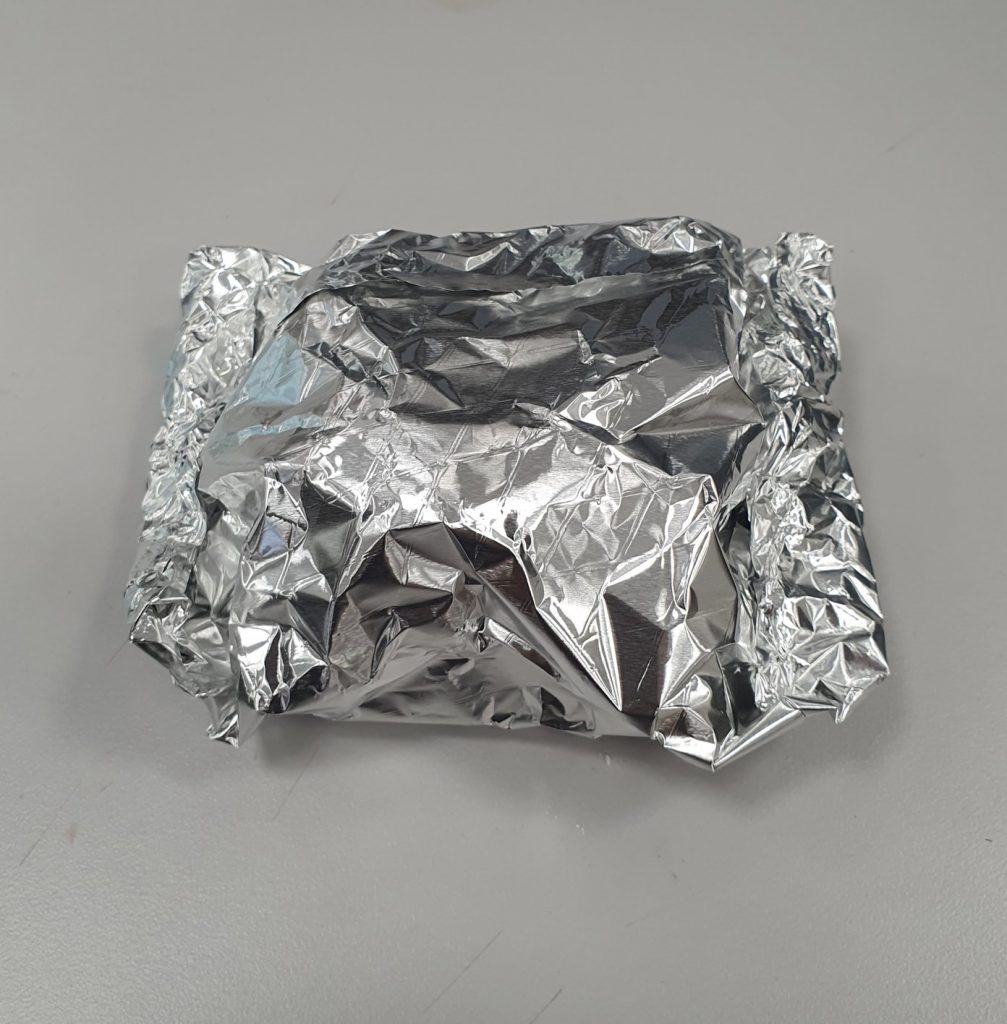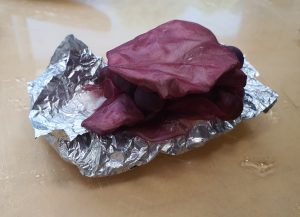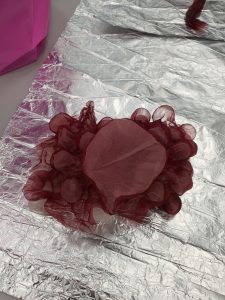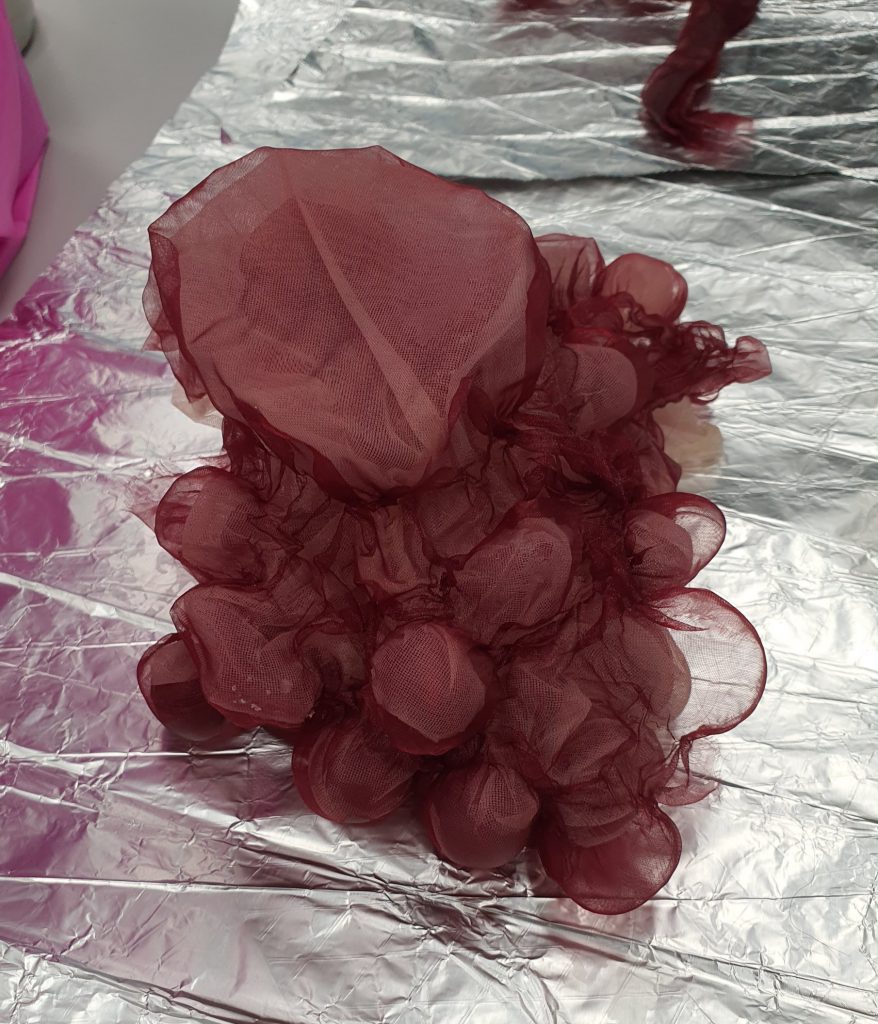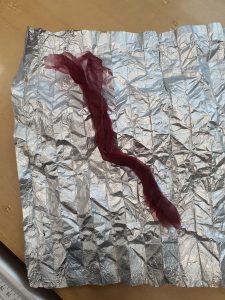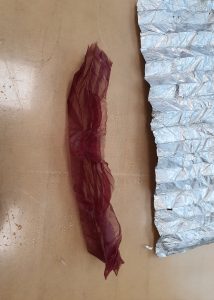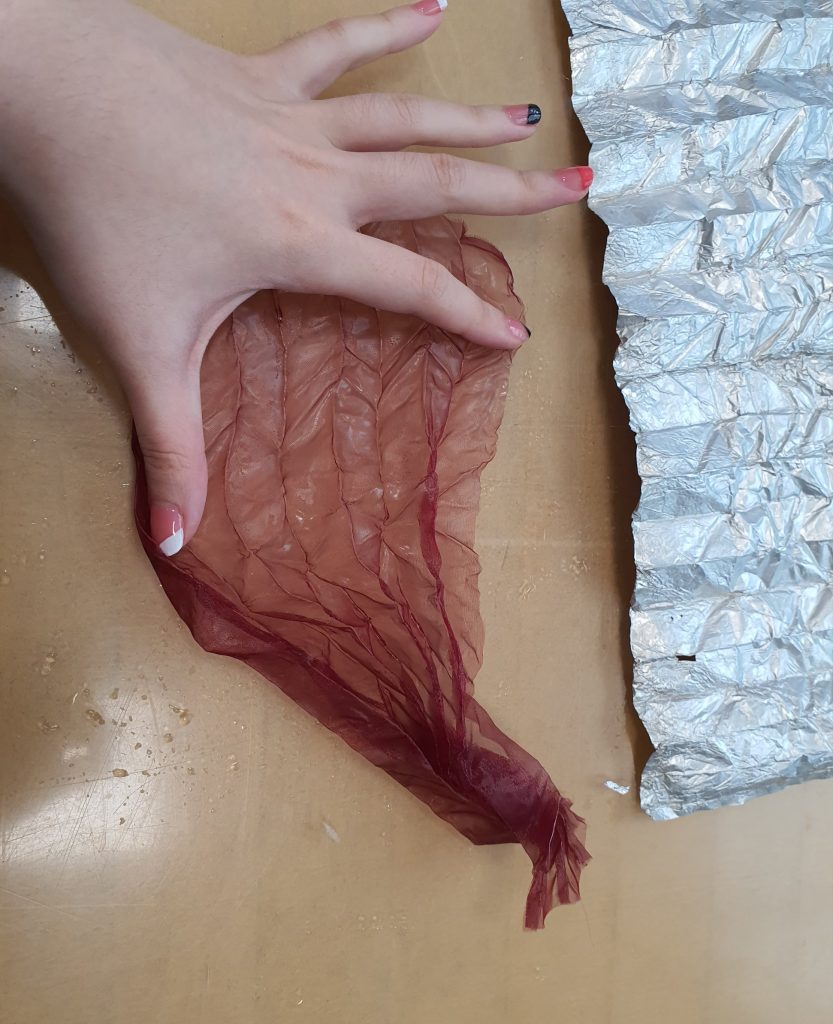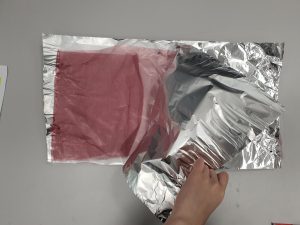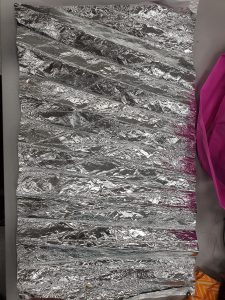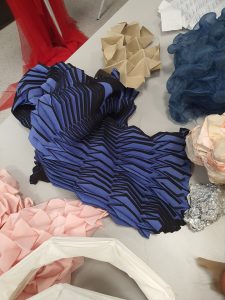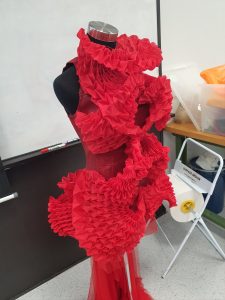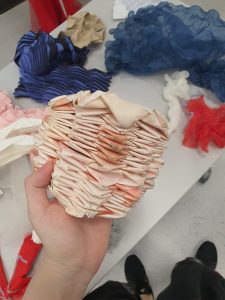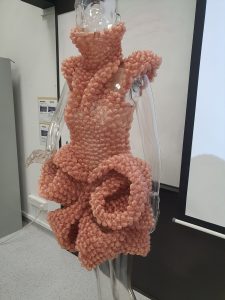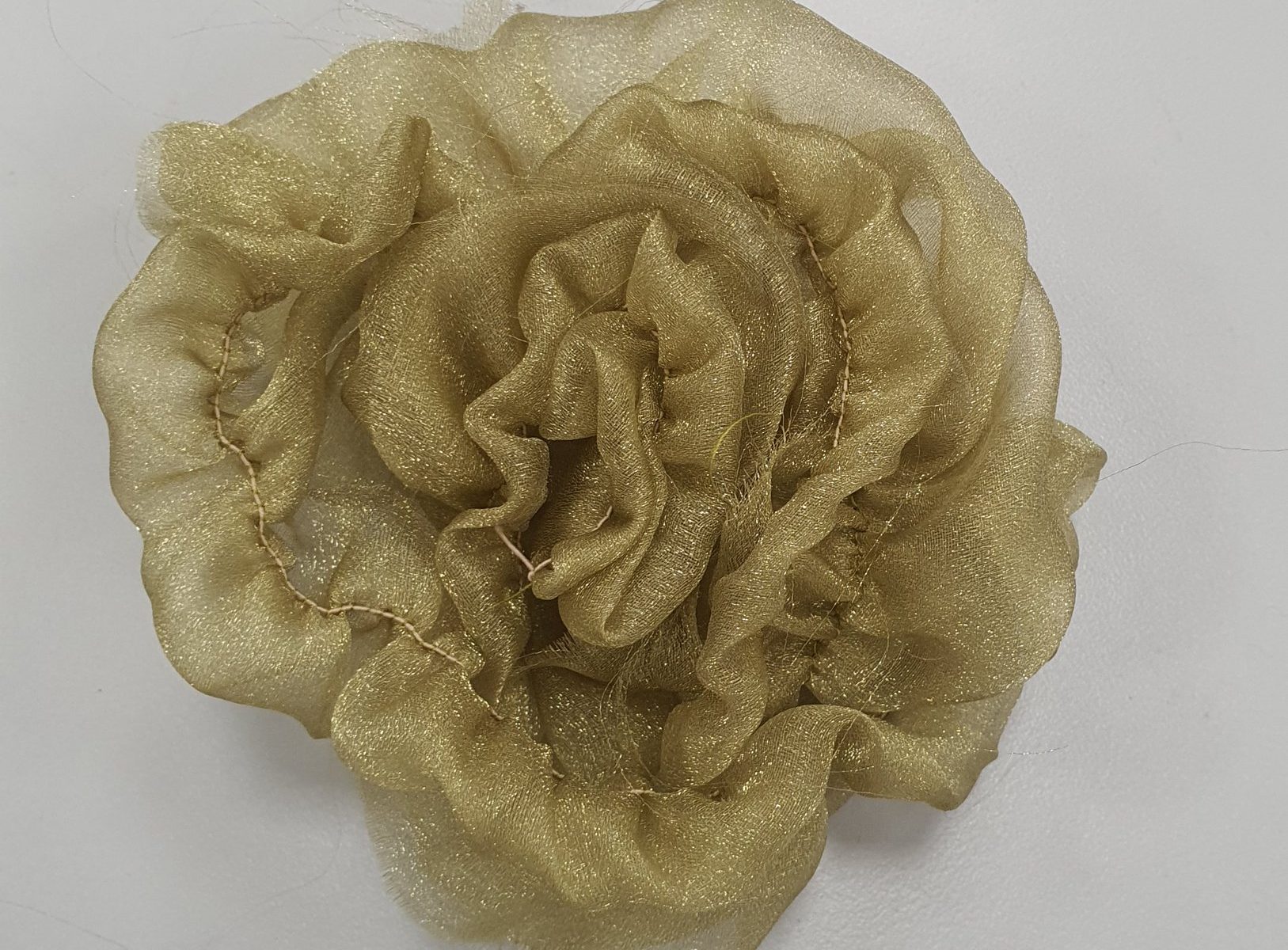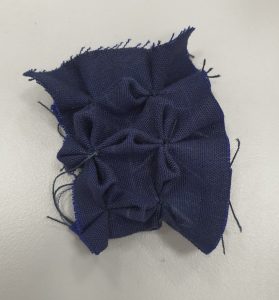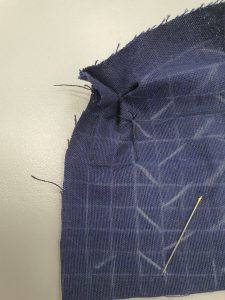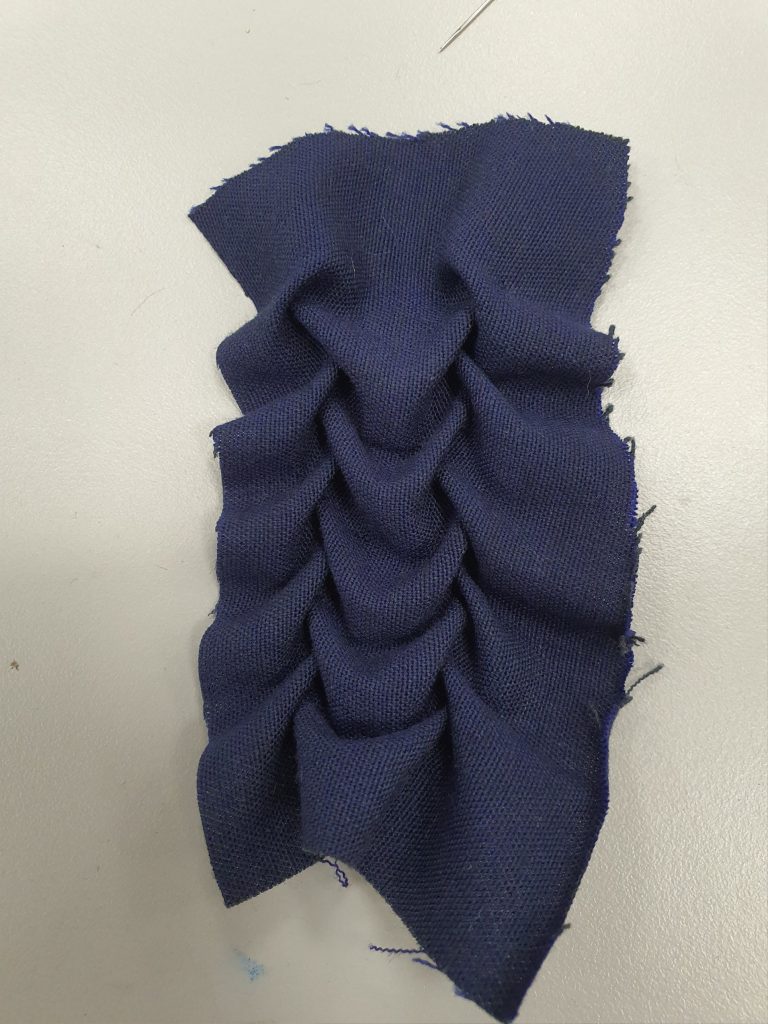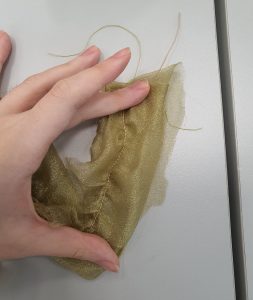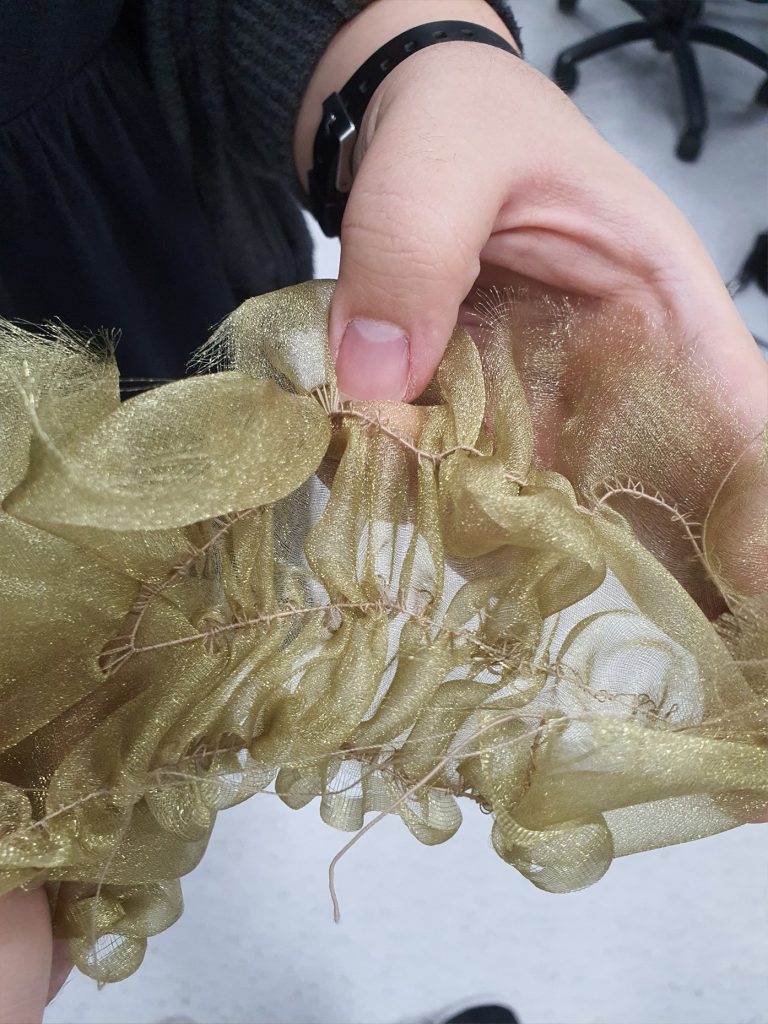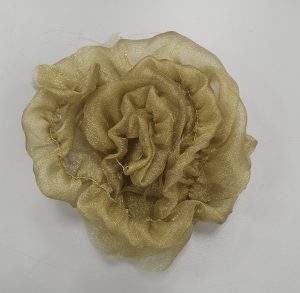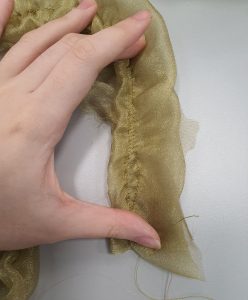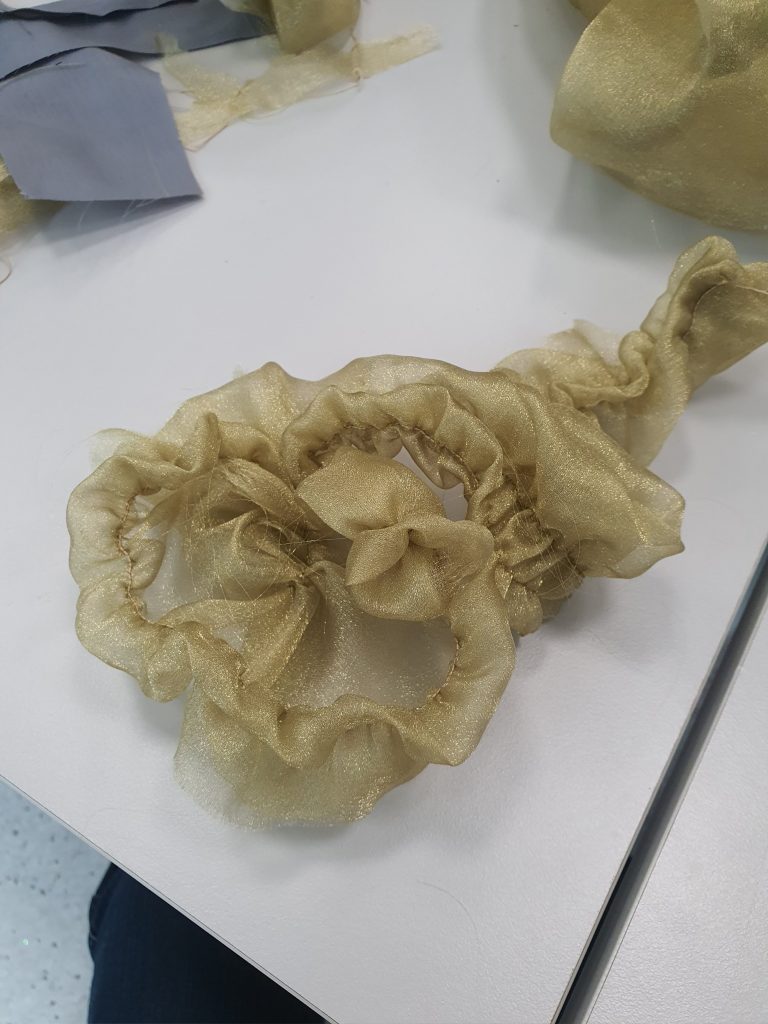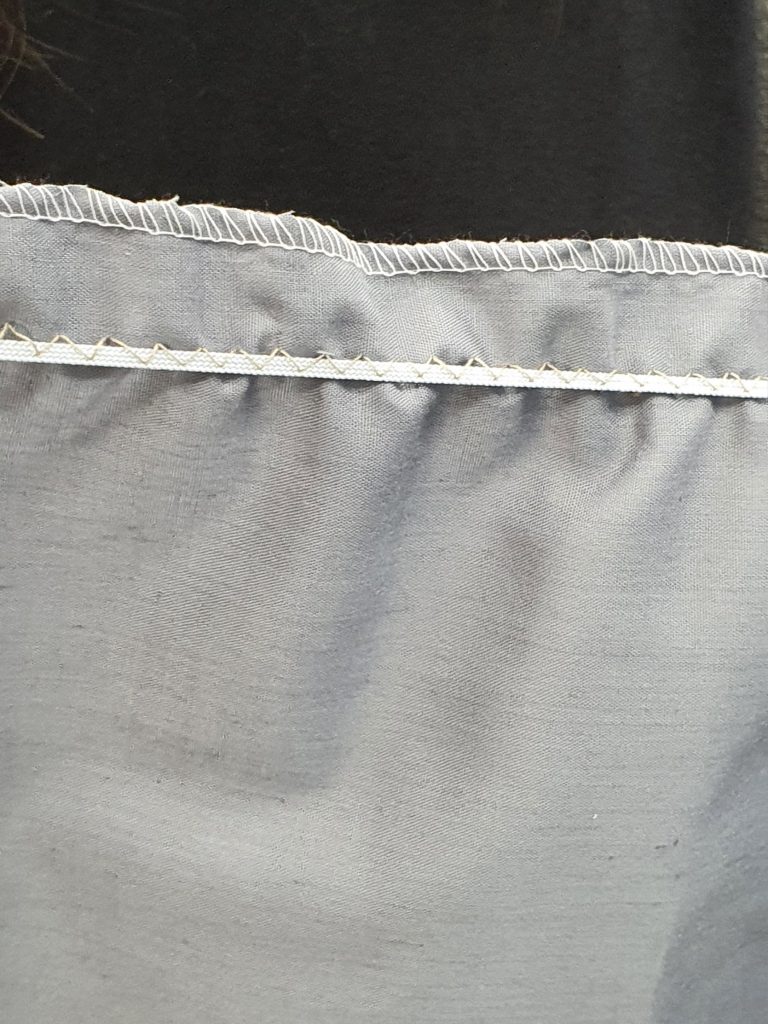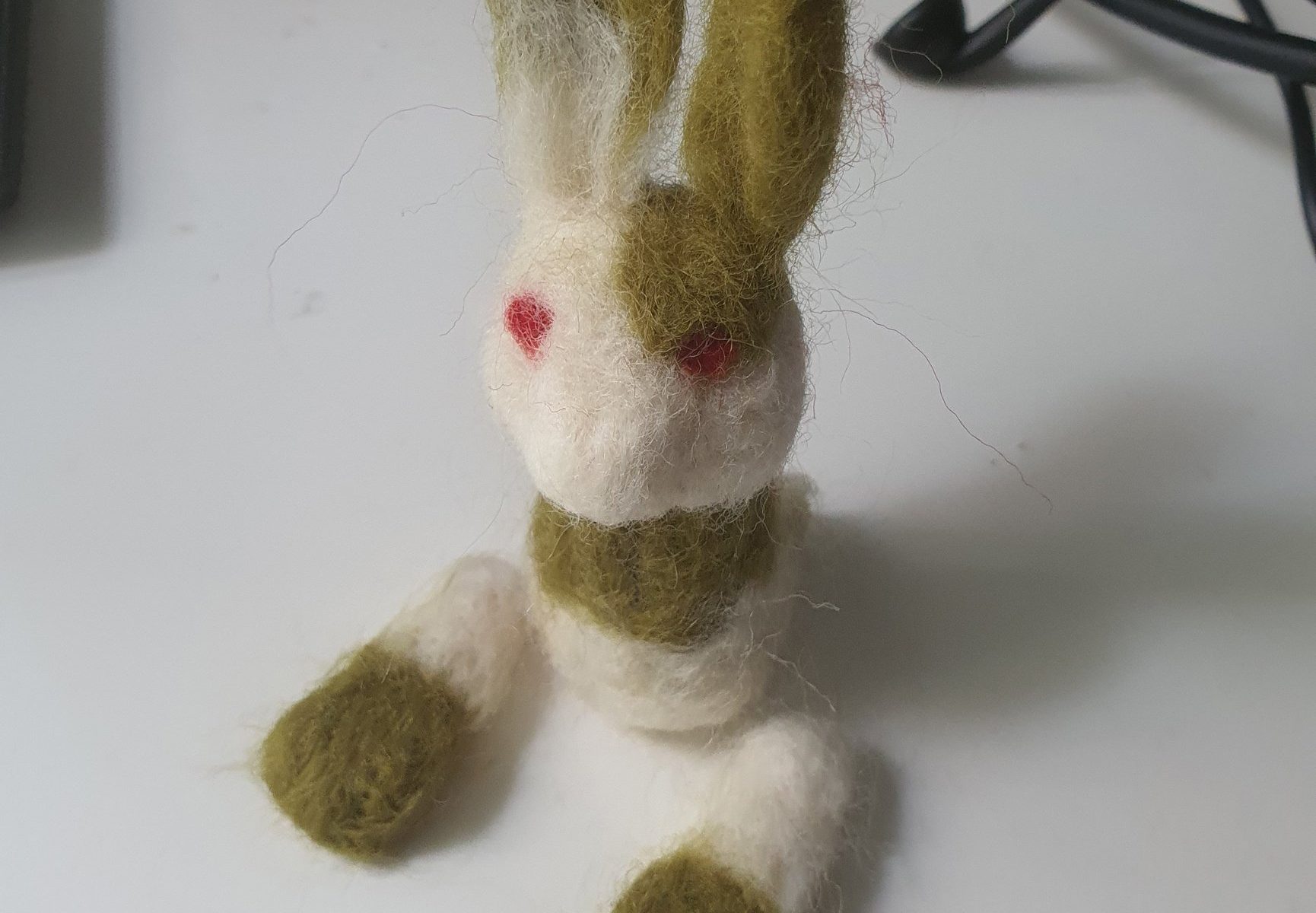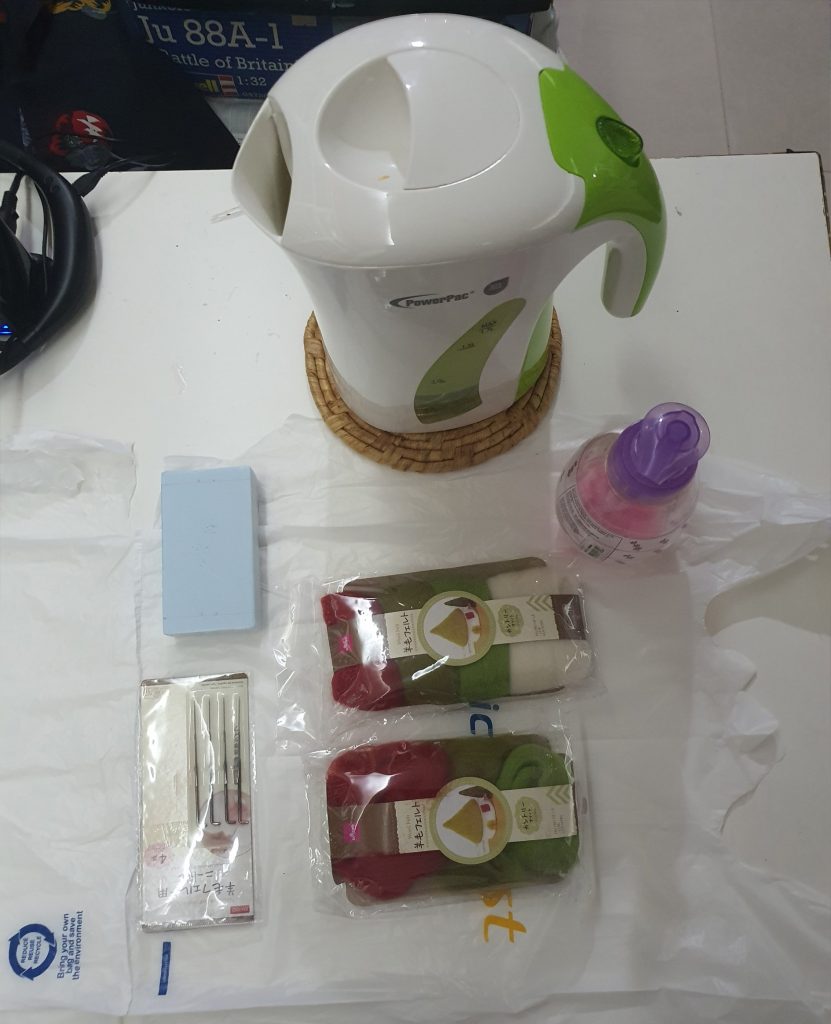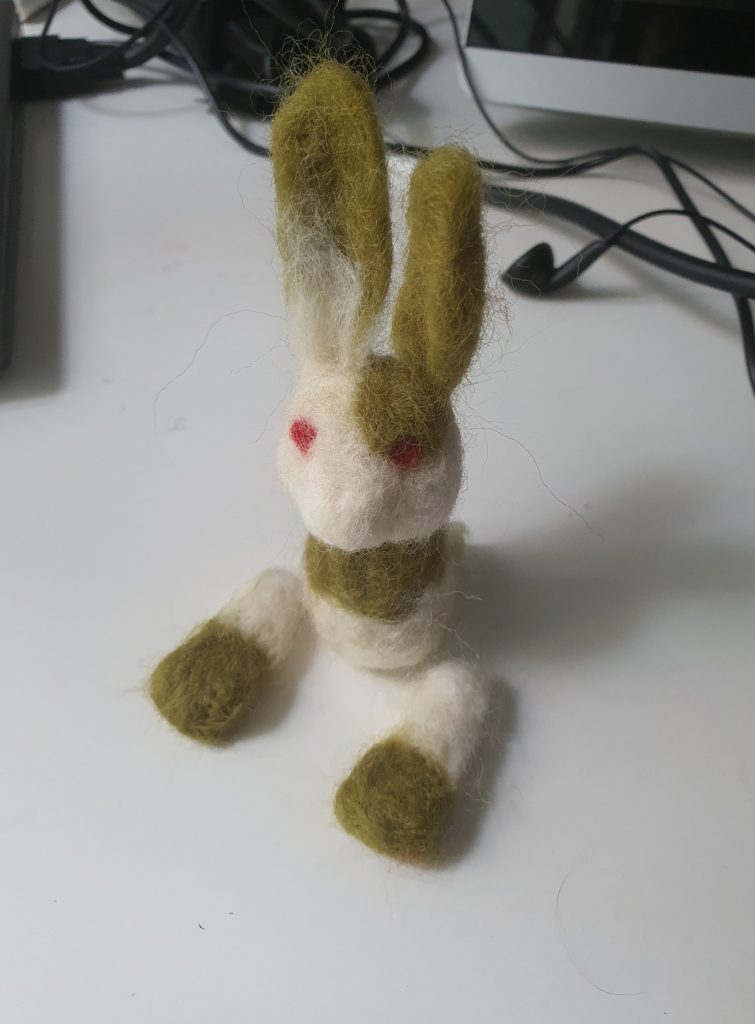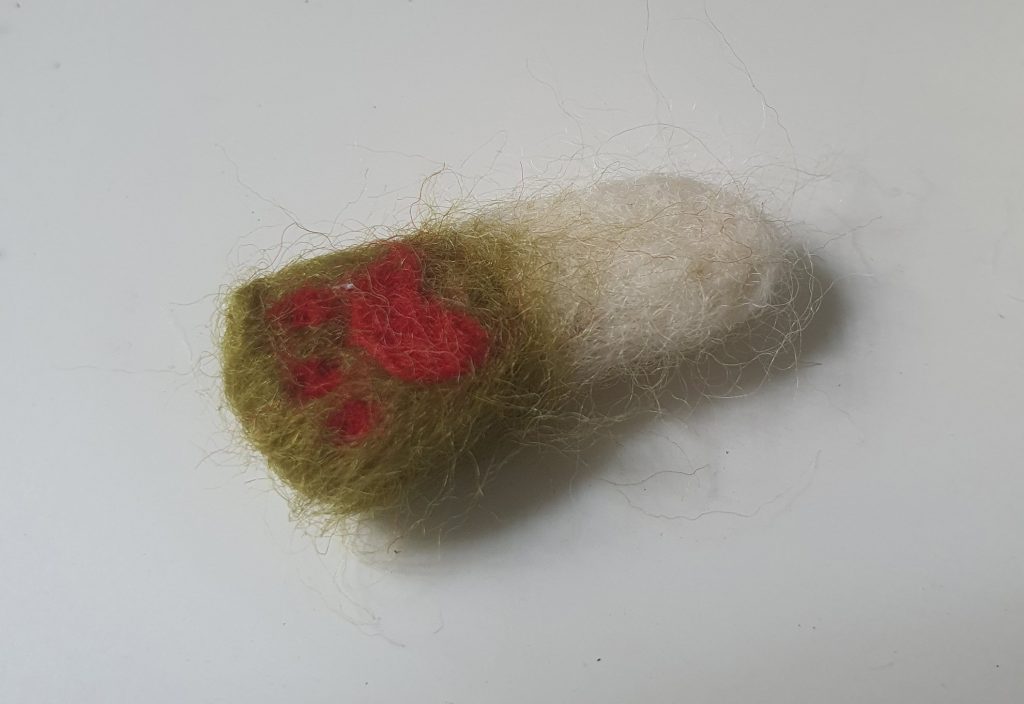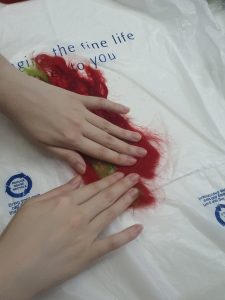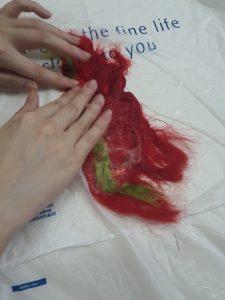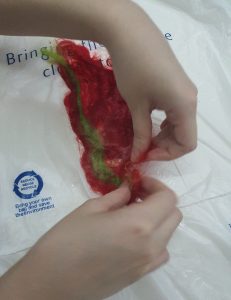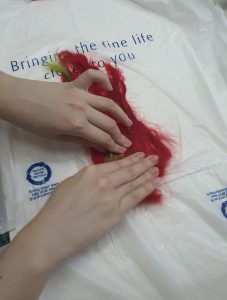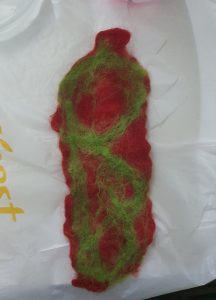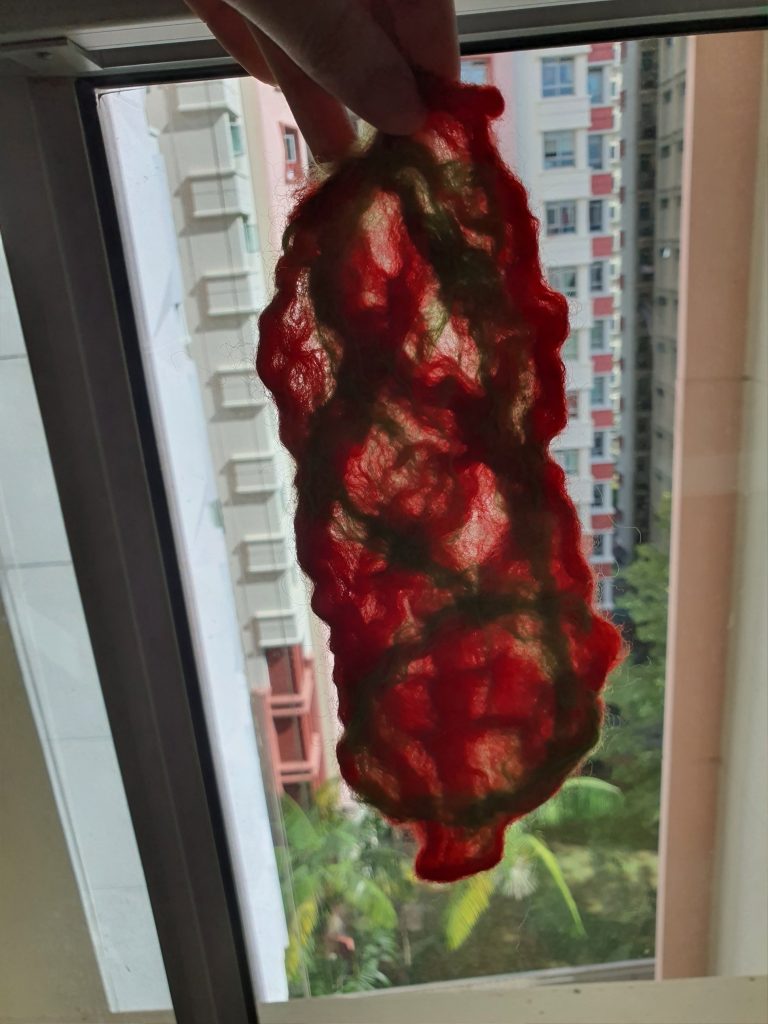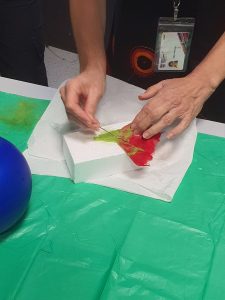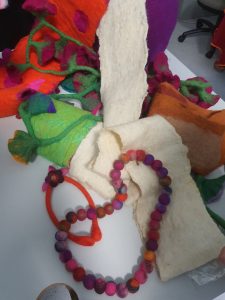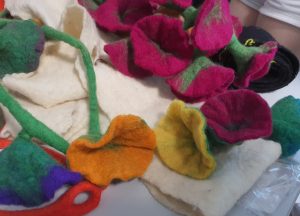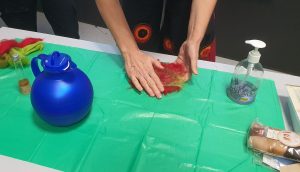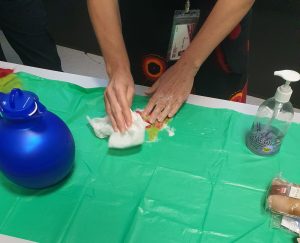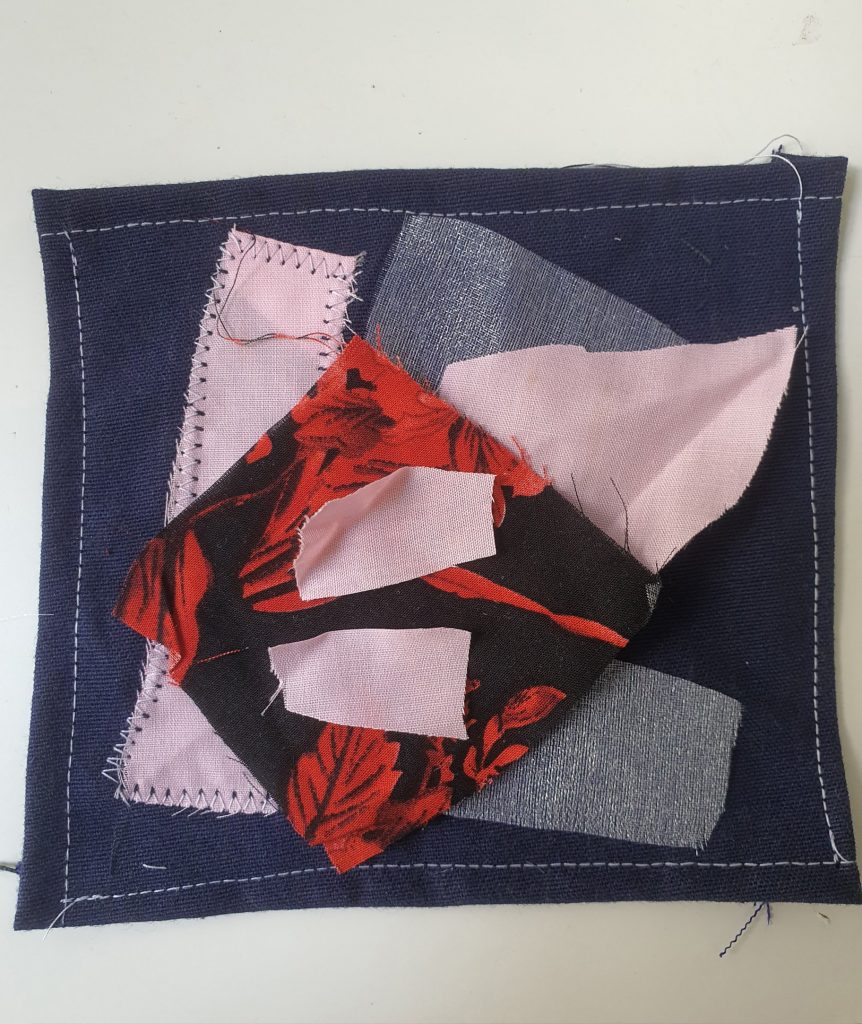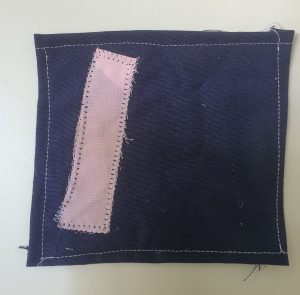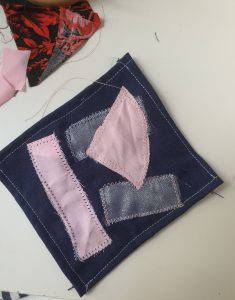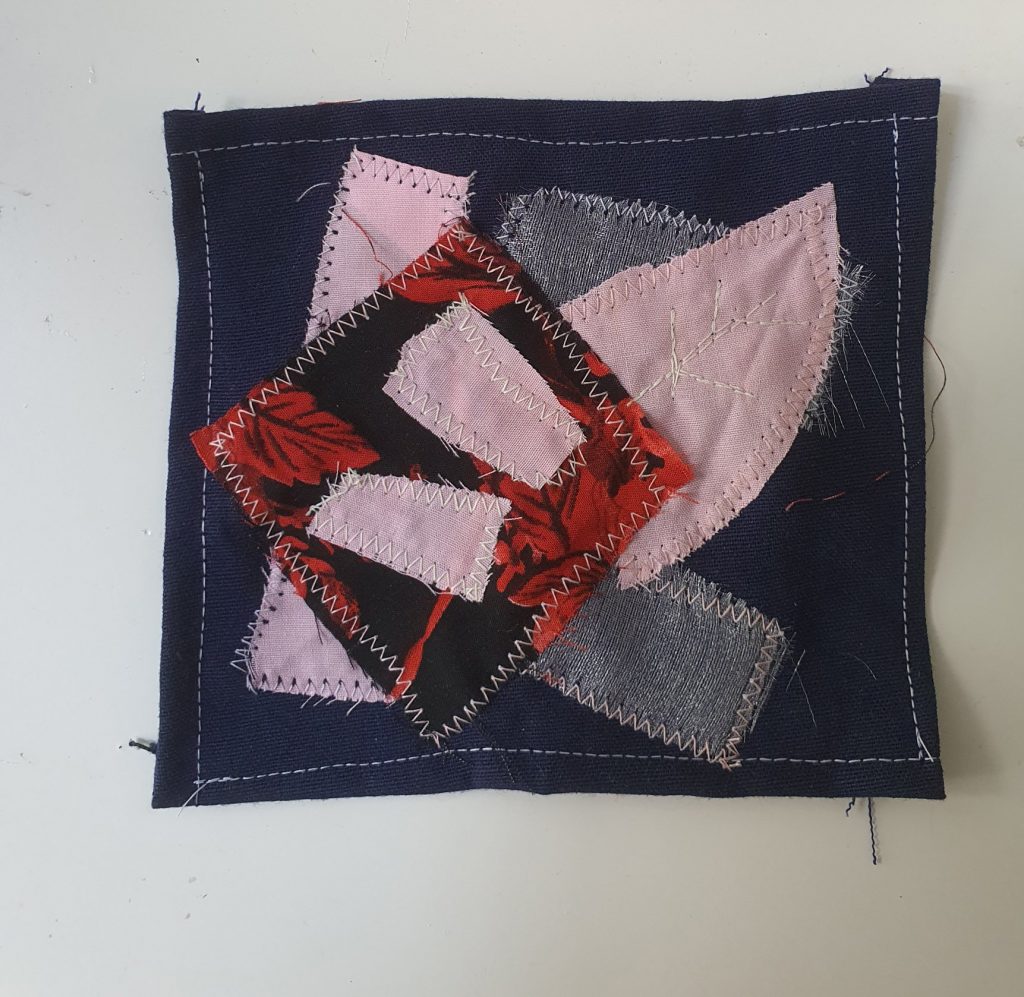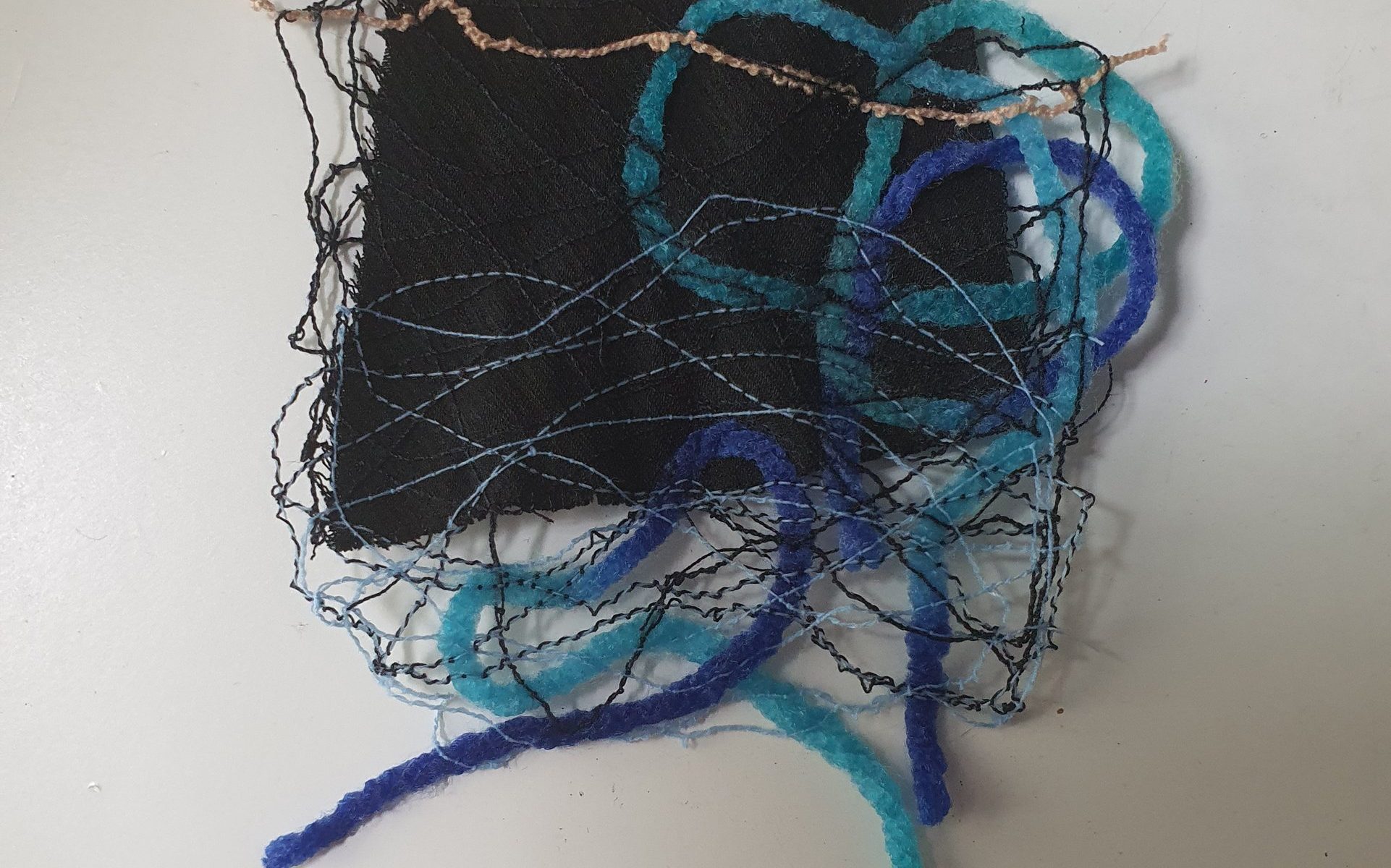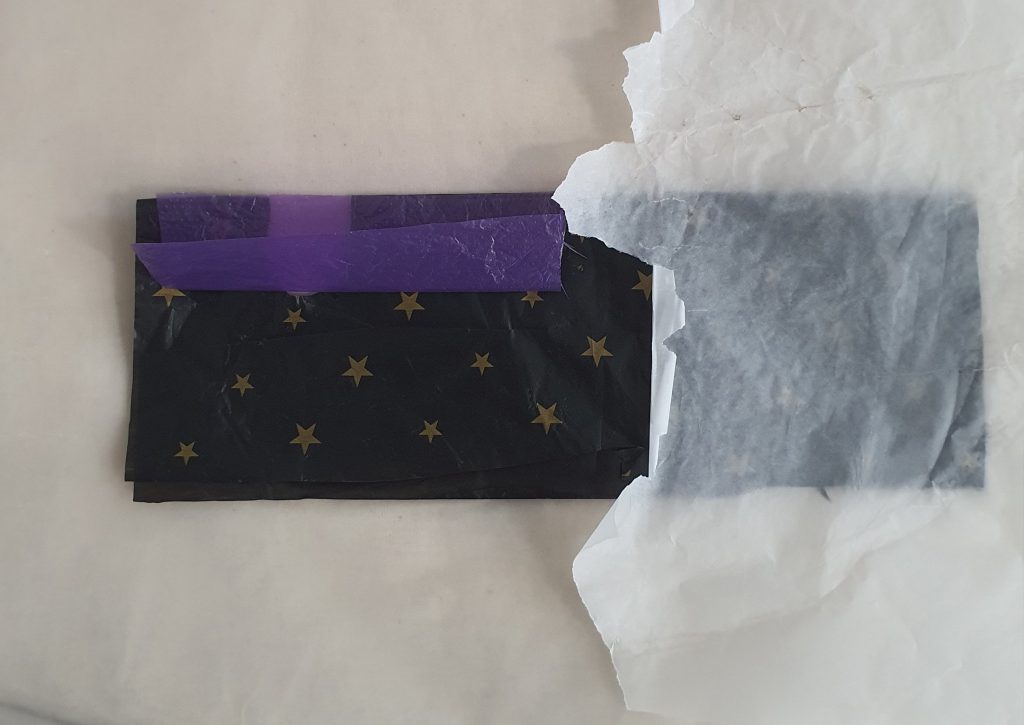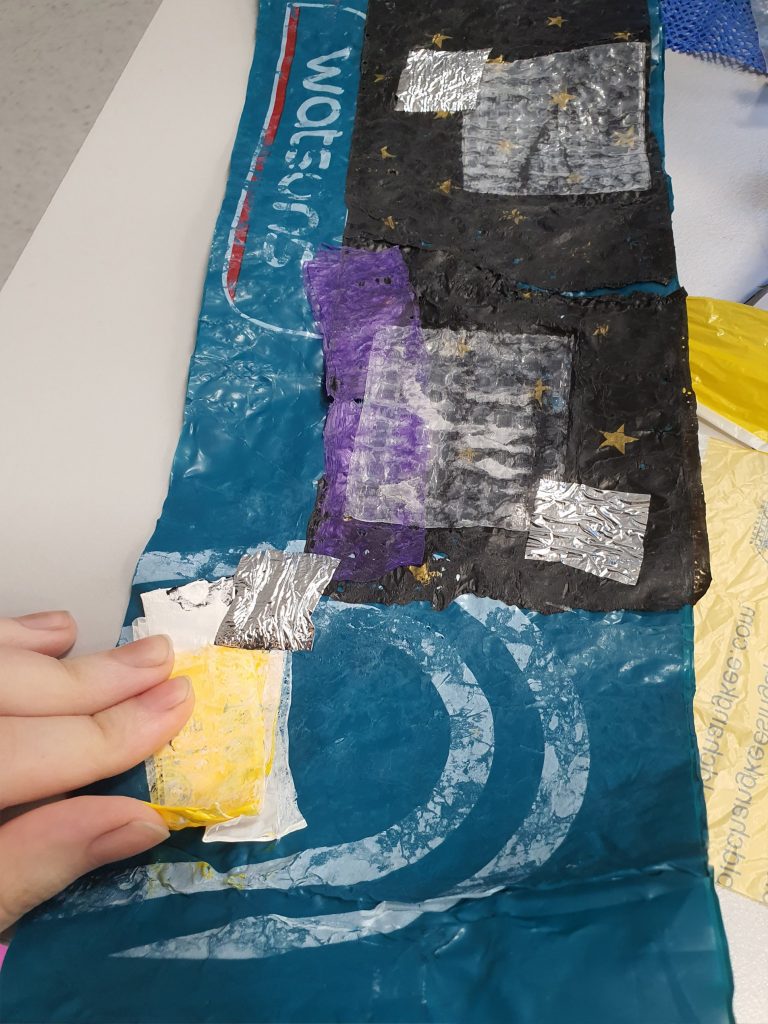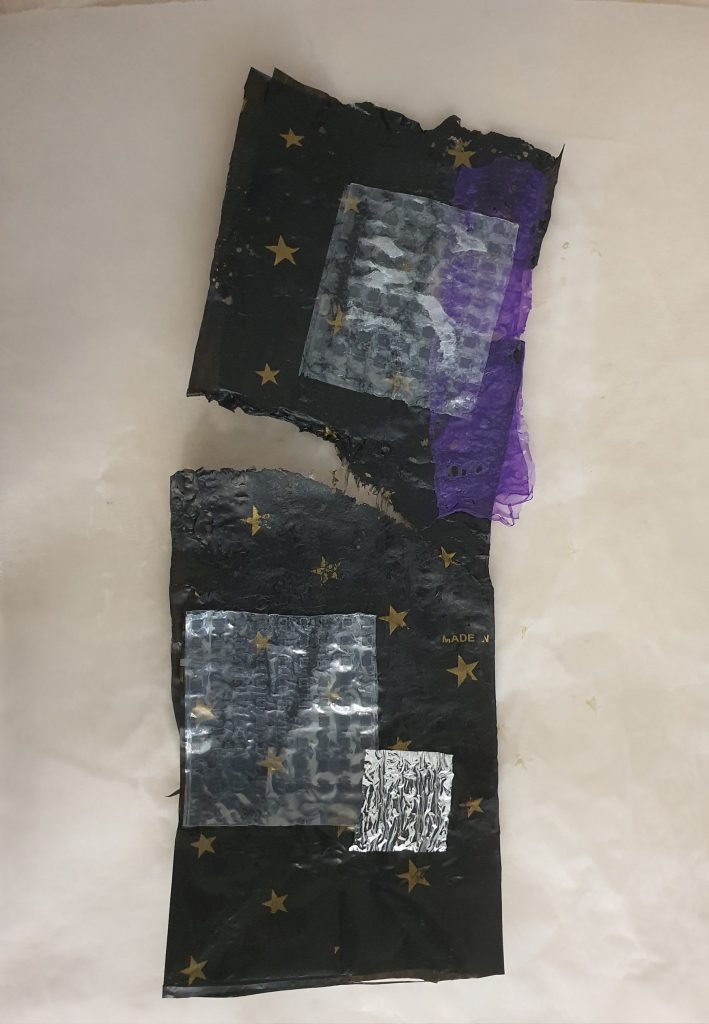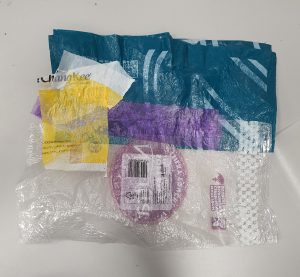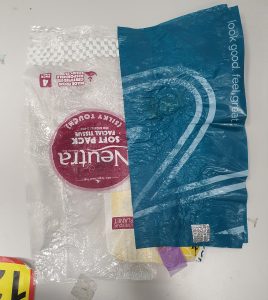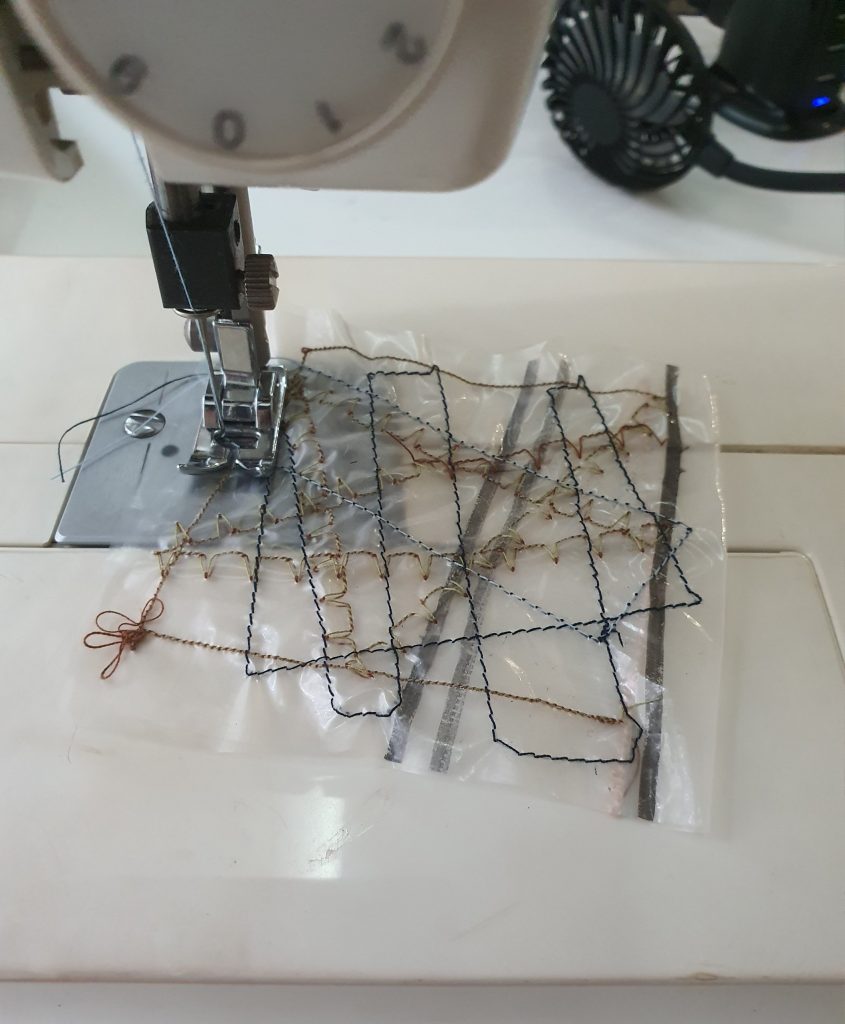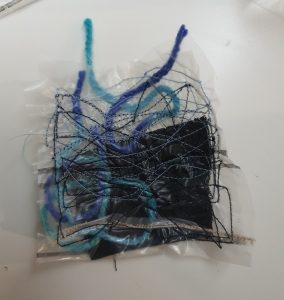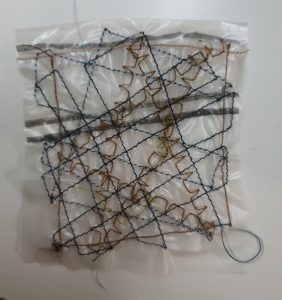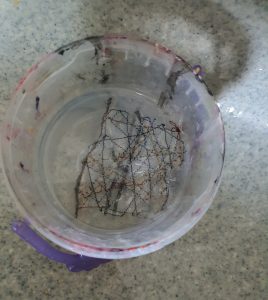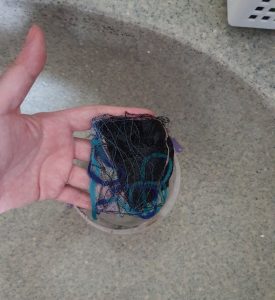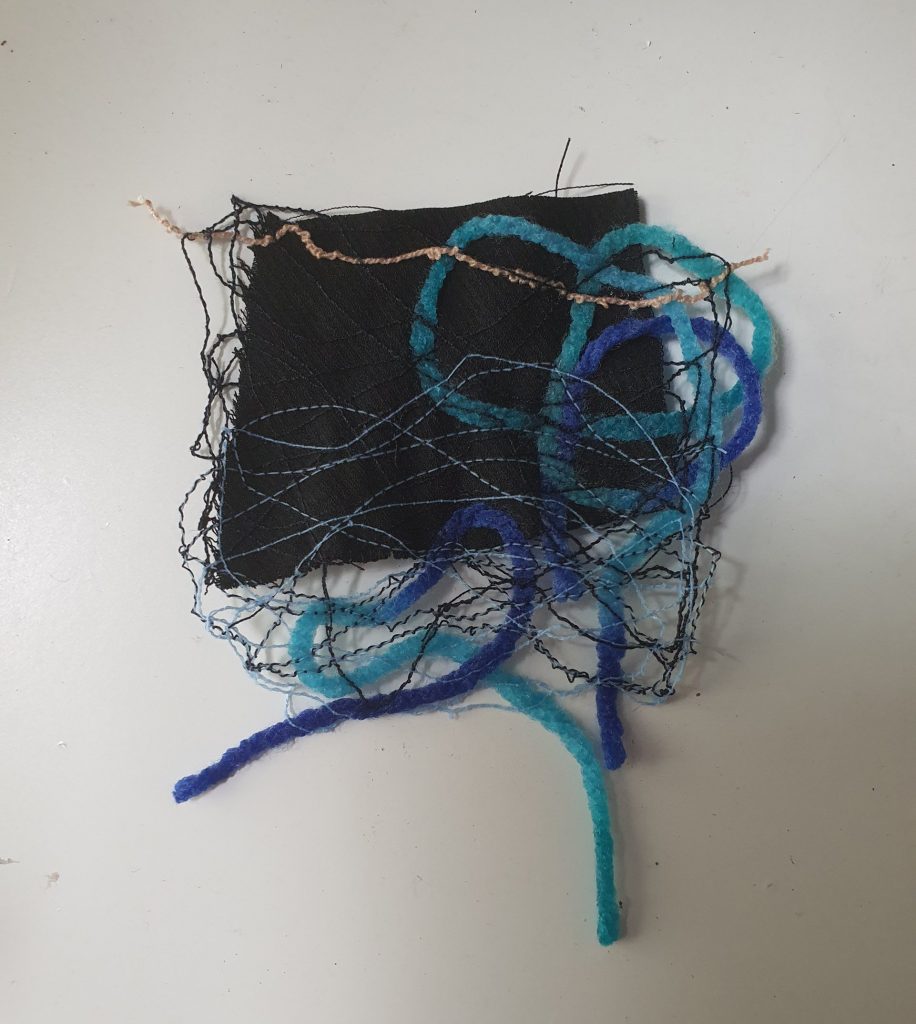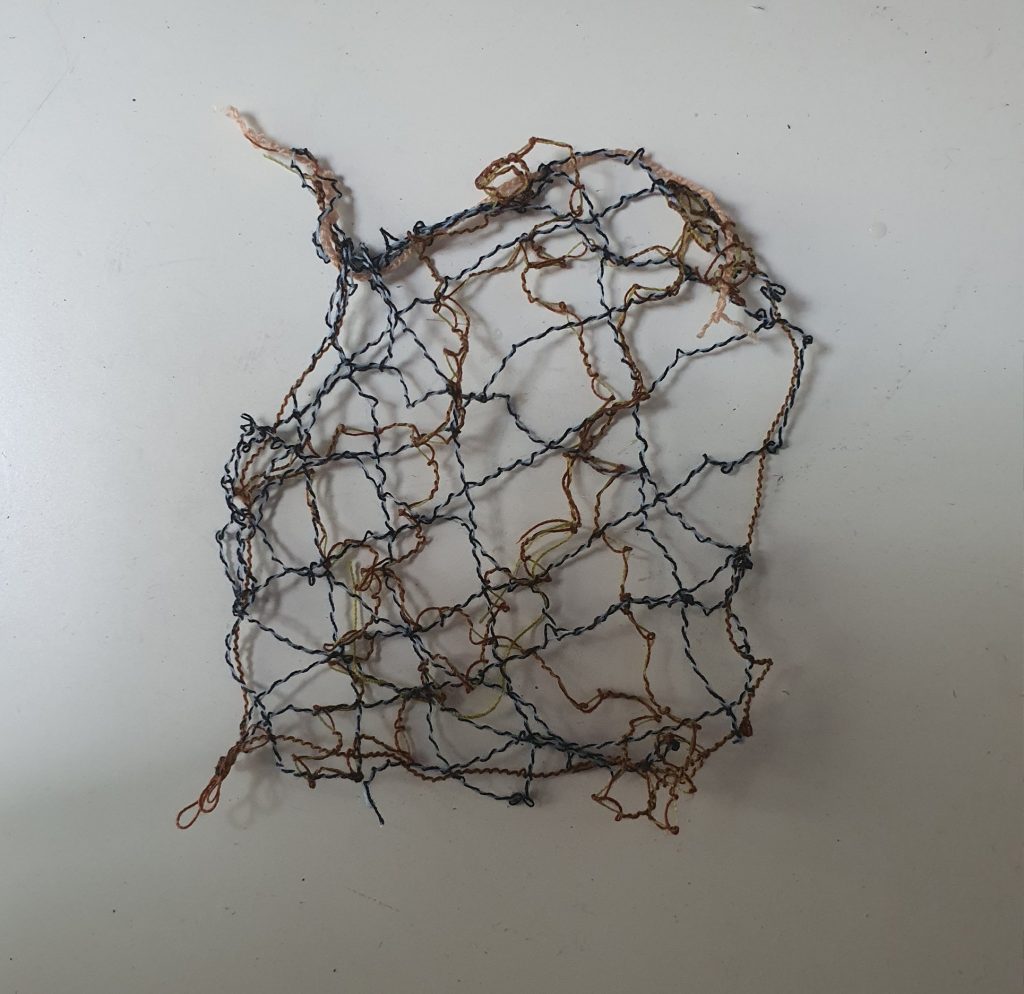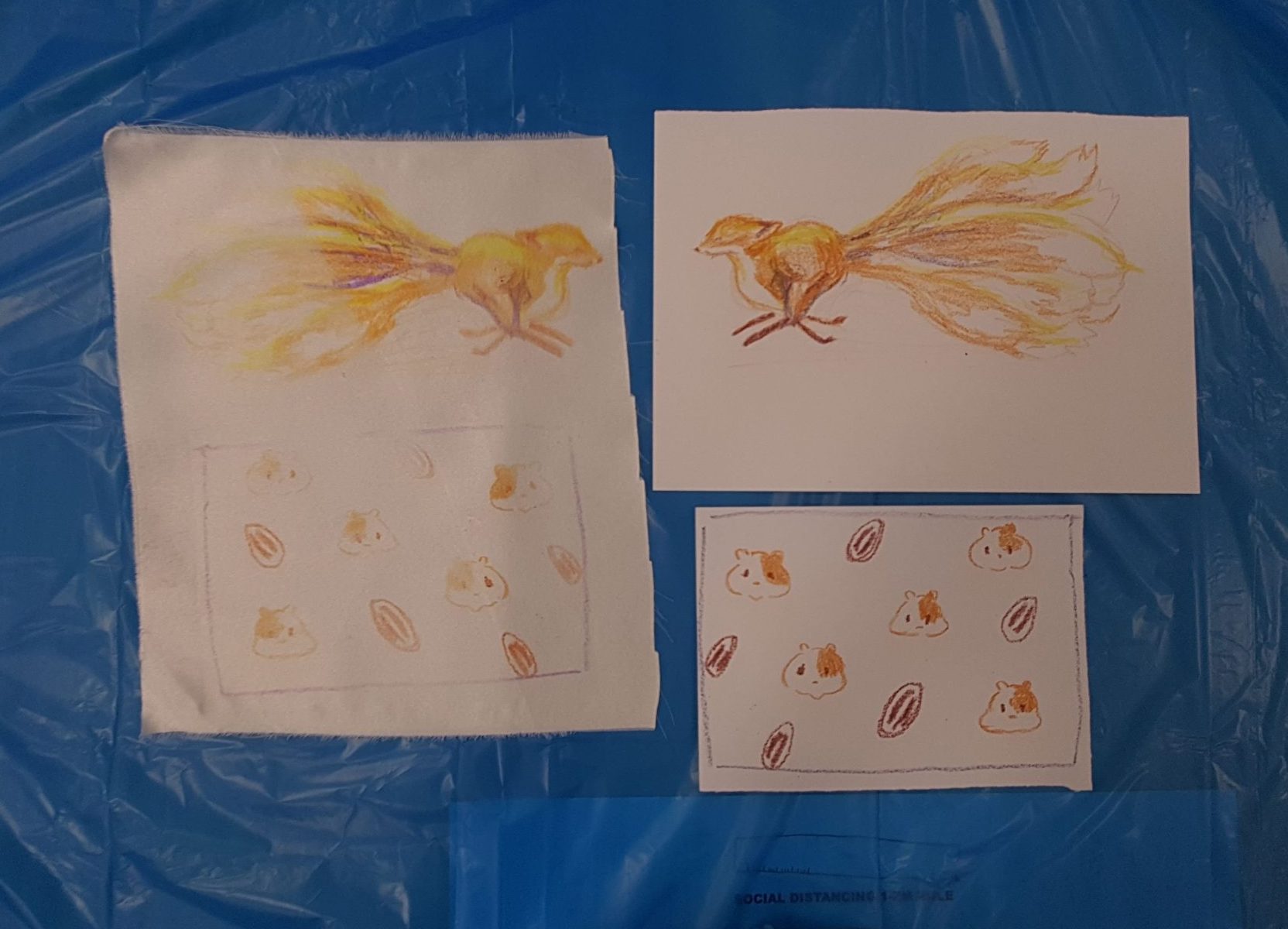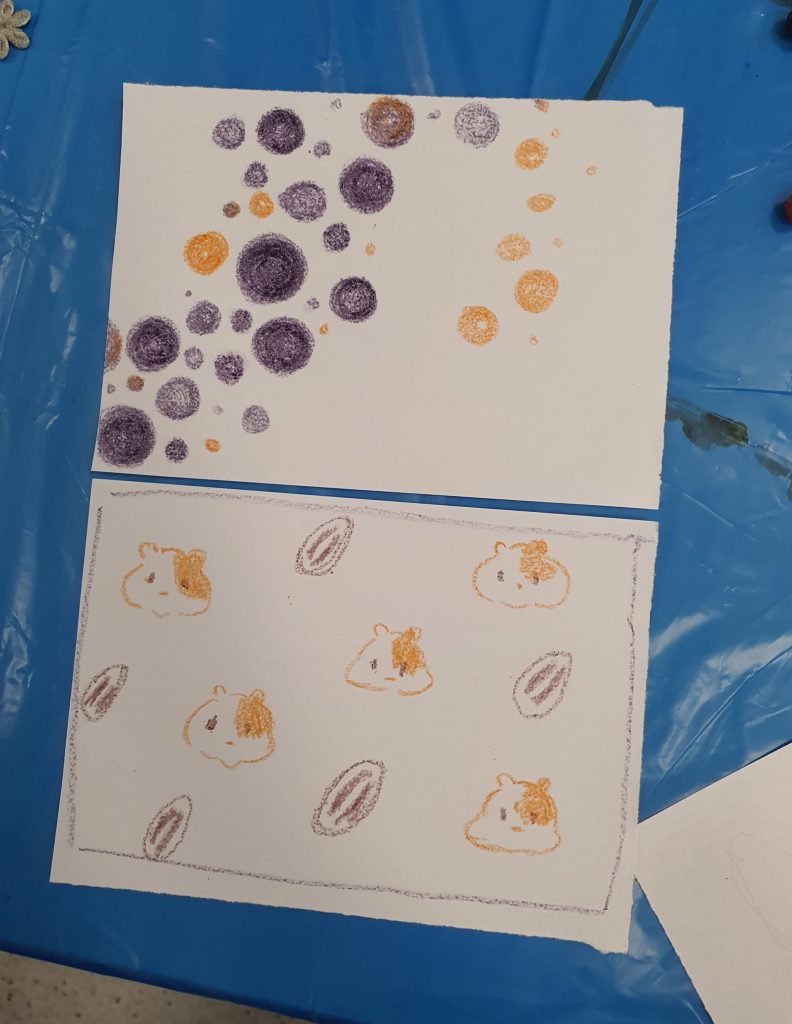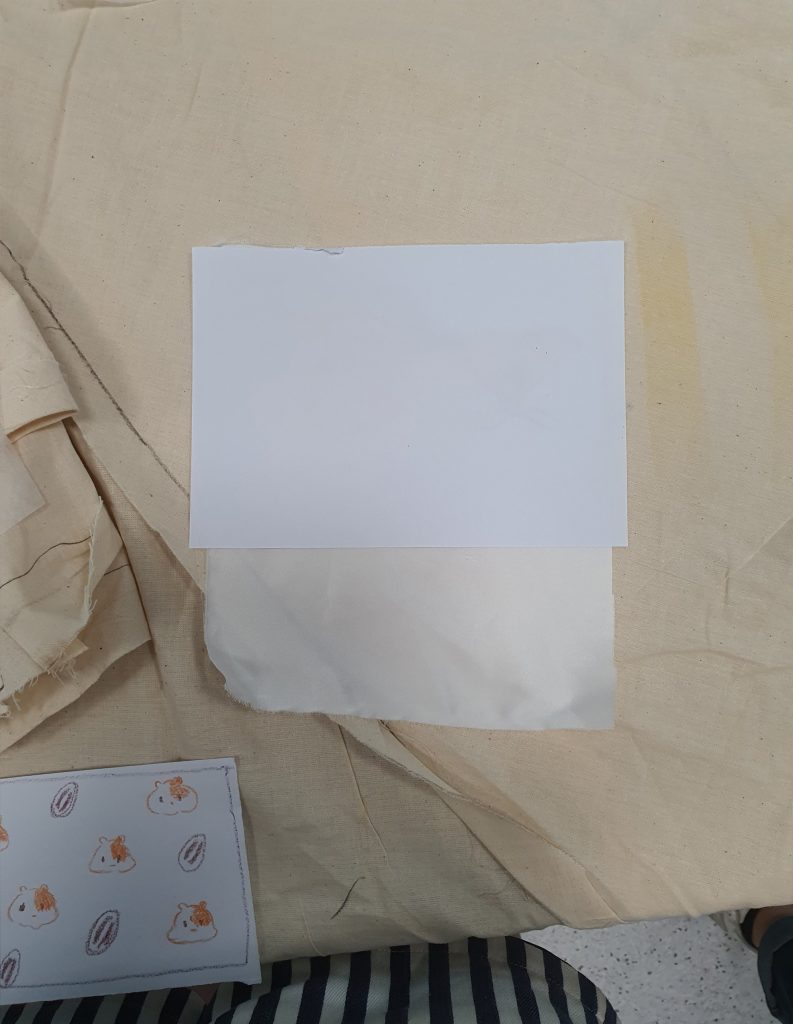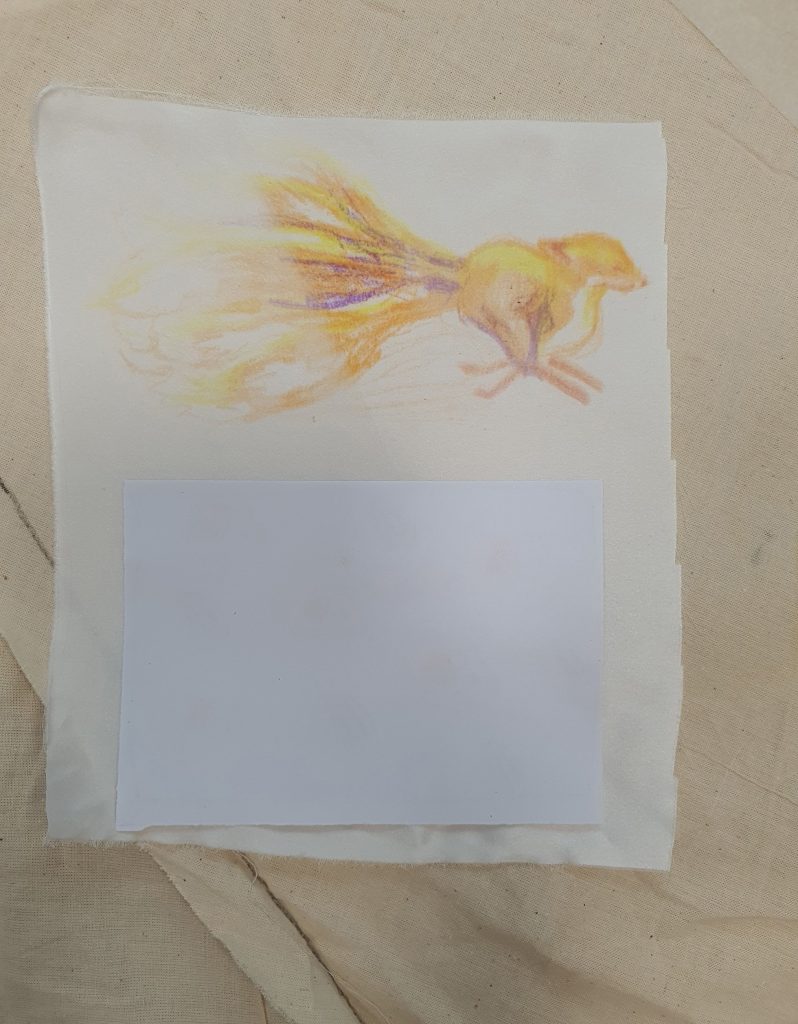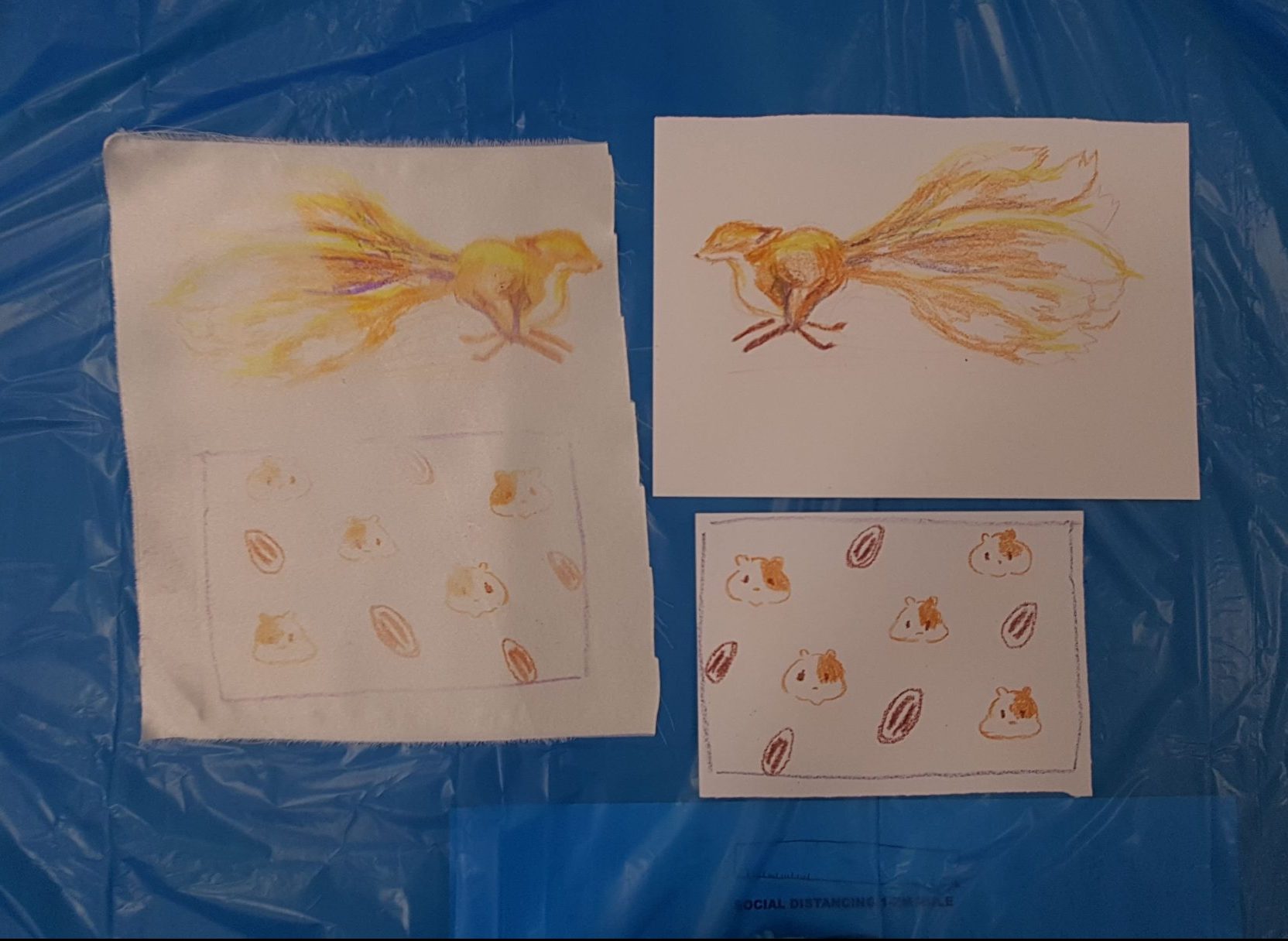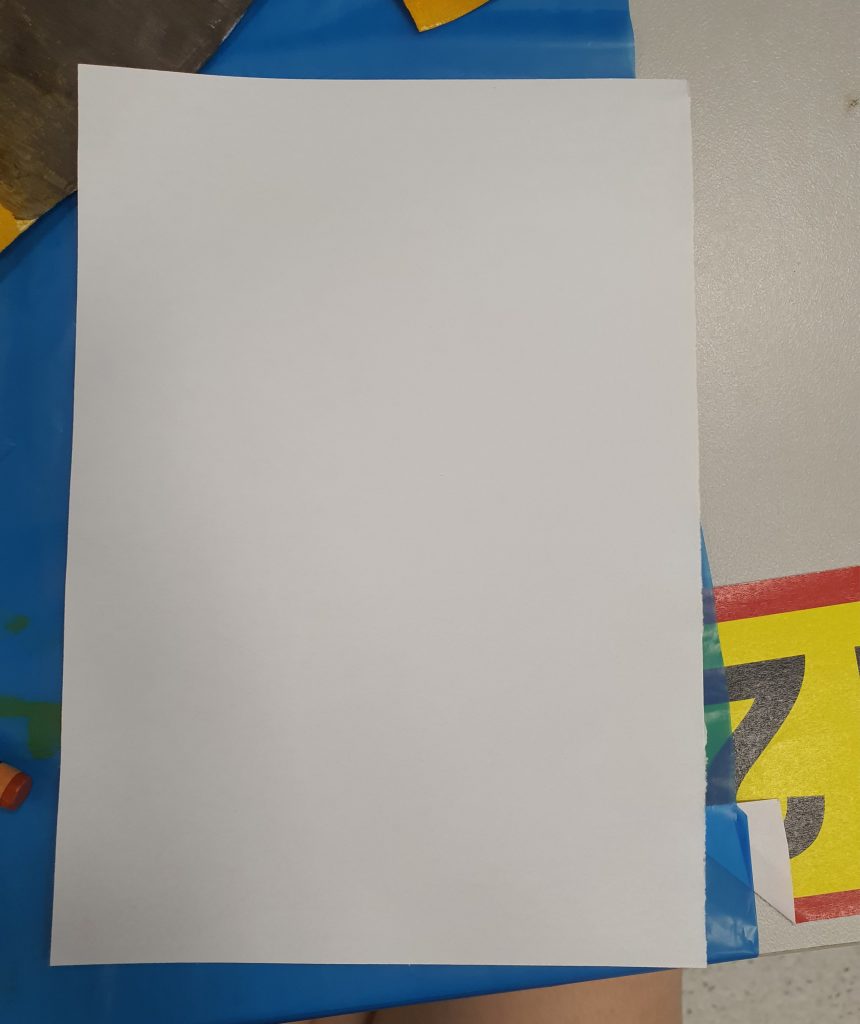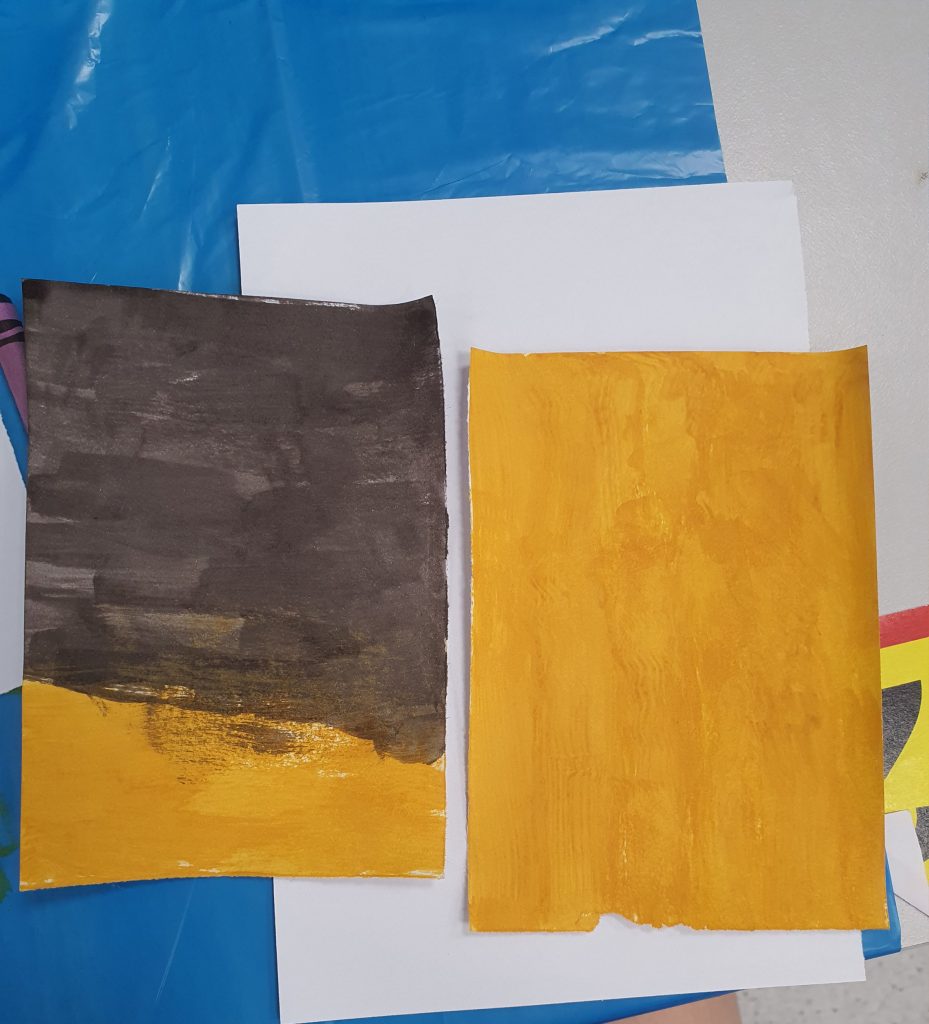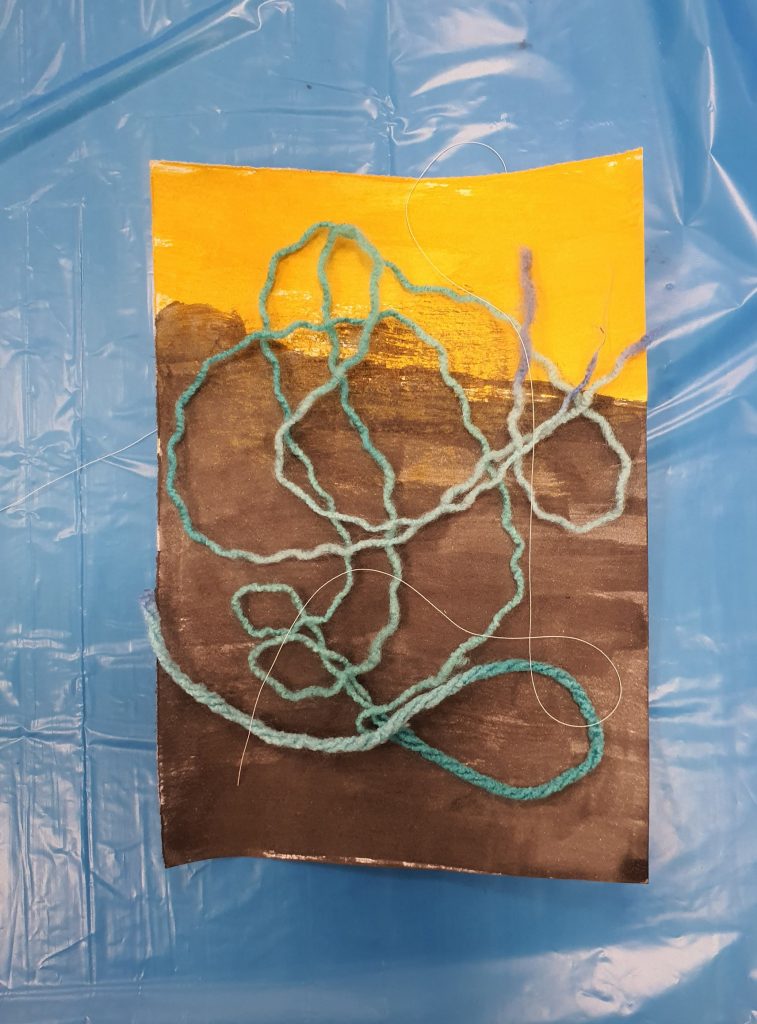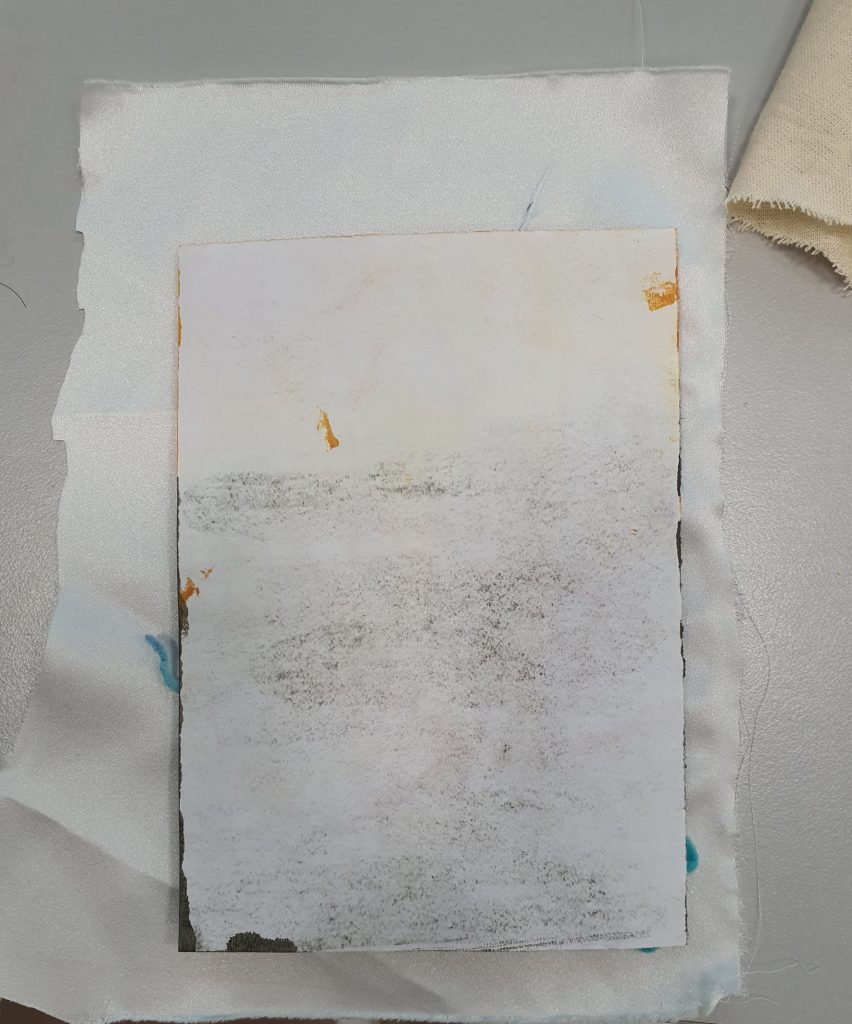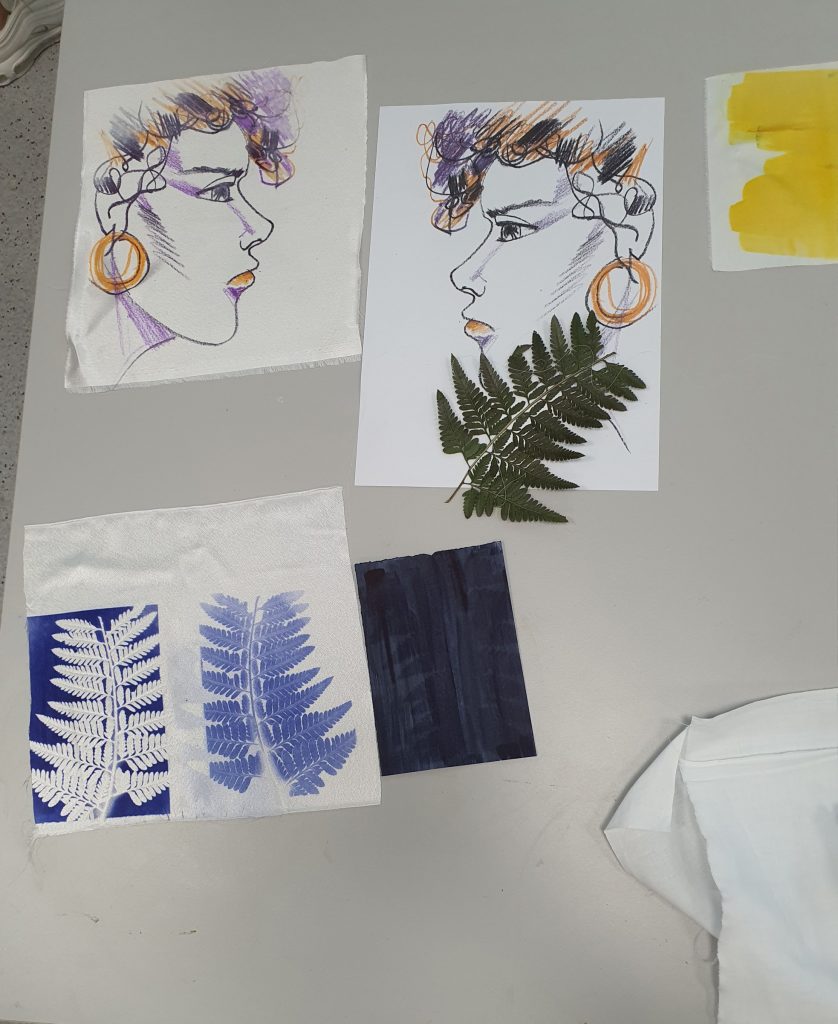~Warning this post contains ‘nude’ images and dismembered doll parts that may cause discomfort to some viewers.~

What is Enchanted Doll?
“Enchanted Doll” is a luxury toy label that creates handcrafted porcelain, more recently, resin ball-jointed dolls. The company was founded by Marina Bychkova.
“Enchanted Doll” was named after Paul Gallico’s fictional short story, where a young woman creates dolls with so much love that they enchant people at first sight with their compelling, delicate, life-like beauty, is kind of like what the artist herself is doing her own career. By naming her company after such a story Marina Bychkova hopes to do the same, to create the most beautiful doll.
About the Artist:
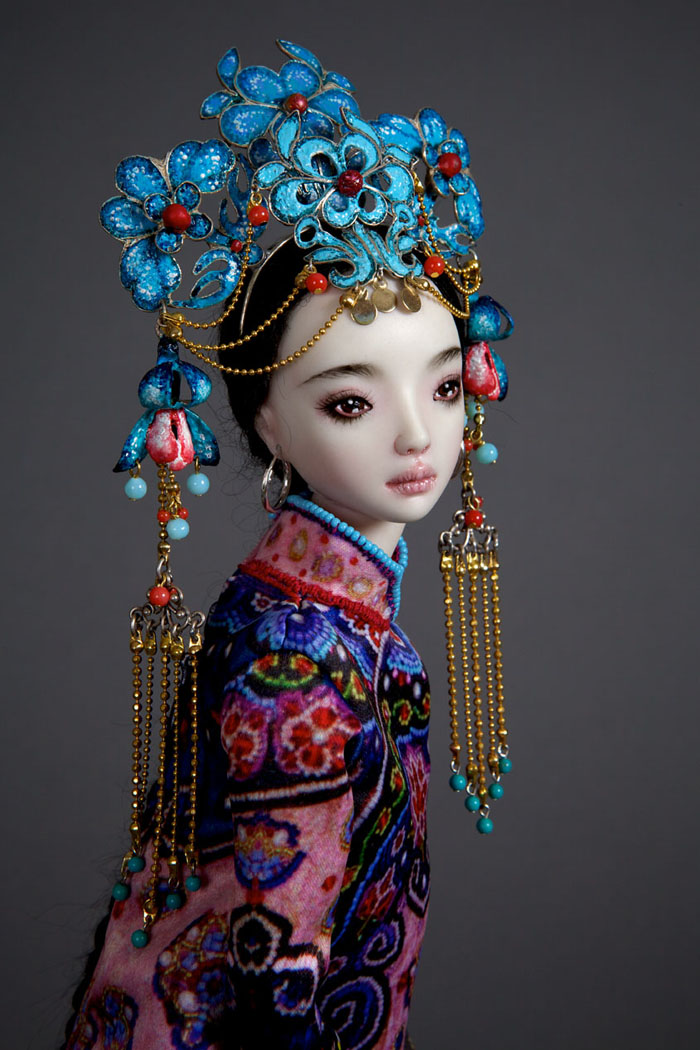
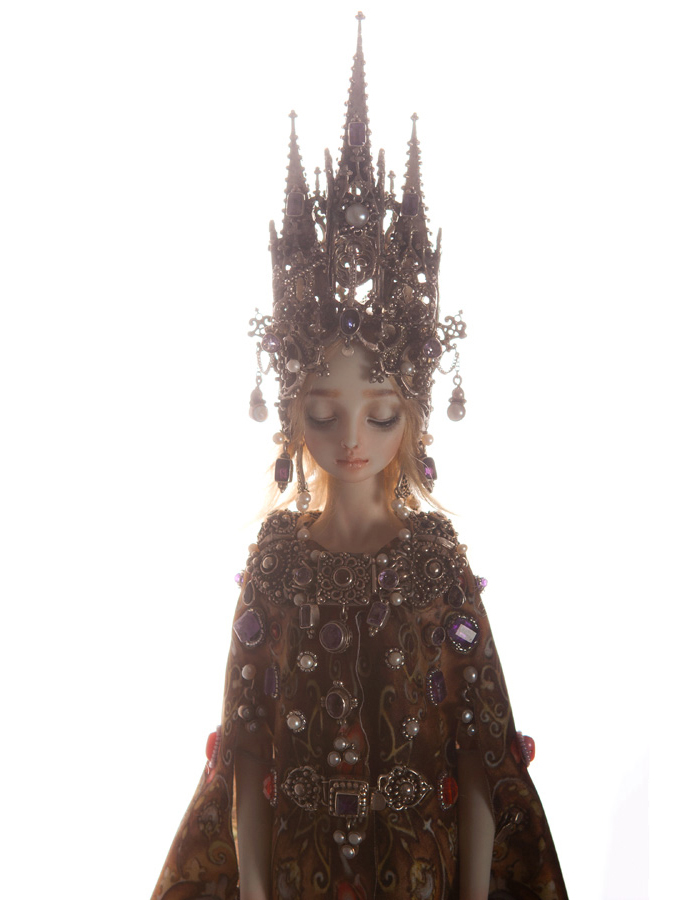
Marina Bychkova was born in Siberia, close to the borders of China. She states in an interview that it was these cultural influences that could be seen in some of her work. This influences were further bolstered when she moved to Vancouver later in life, where she states also has a very strong Chinese culture. Hence there is a sizeable number of Russian and Chinese themed folk dolls and small traces of their influence in the rest of her works.
Marina Bychkova’s reason for creating her company stems from when she was 6 where she was appalled by the mediocrity of mass produced dolls. She started to make dolls of her own, but it was not until later on in her life, when she enrolled to the Emily Carr Institute of Art and Design, that she truly decided to turn her passion into her career. At that point she was not studying to make dolls, because she was already making them, but she did say that she had honed her own stylistic ability to make her dolls more unique.
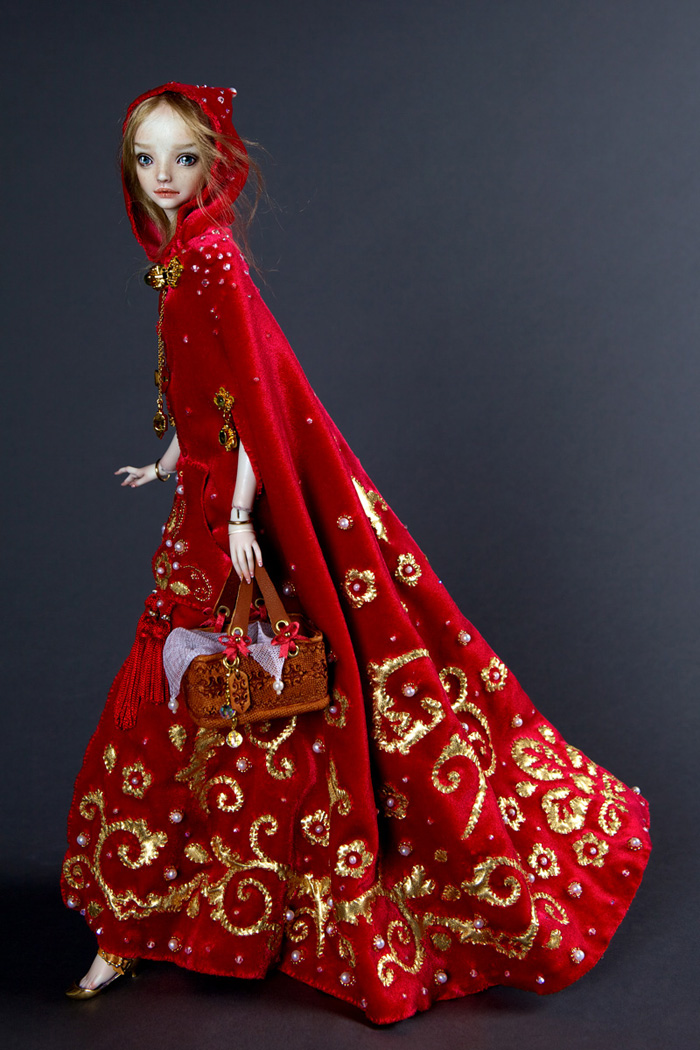
The Creation process.
More than mere playthings, Enchanted Dolls are a brand of elegantly sculpted and articulated works of art. Adorned with elaborate costumes and graced with precious gemstones, metals, and rare found objects, each ball-jointed porcelain doll intricately conveys an aspect of our humanity.
According to Marina Bychkova, each doll takes about an average of 500 hours of production time.

She first goes about designing ball joints and the body lines that she wants on her dolls. When the parts are design, she goes about making the 13 body pieces out of polymer clay. When the clay parts are done, she makes them into plaster moulds, and later cast them using porcelain slip. The parts are then fired in a kiln once in low fire and later after sanding and cleaning, it is fired again in high fire.

After they are baked, she sands them to a satin finish and paints them using glass ceramic china paint and fires them again multiple times.


After the body is painted she lines the edges of the ball joints with leather and string up the doll. When the doll is finished, she starts created the clothes and accessories, either out of textiles, found objects or casting them from gold or silver.
My general thoughts after reviewing her work:
What I enjoy greatly from her dolls firstly comes in the form of her technical skills. When I chanced upon her years ago it is the beauty of the doll and their enchanting presentation that drew me to this artist.
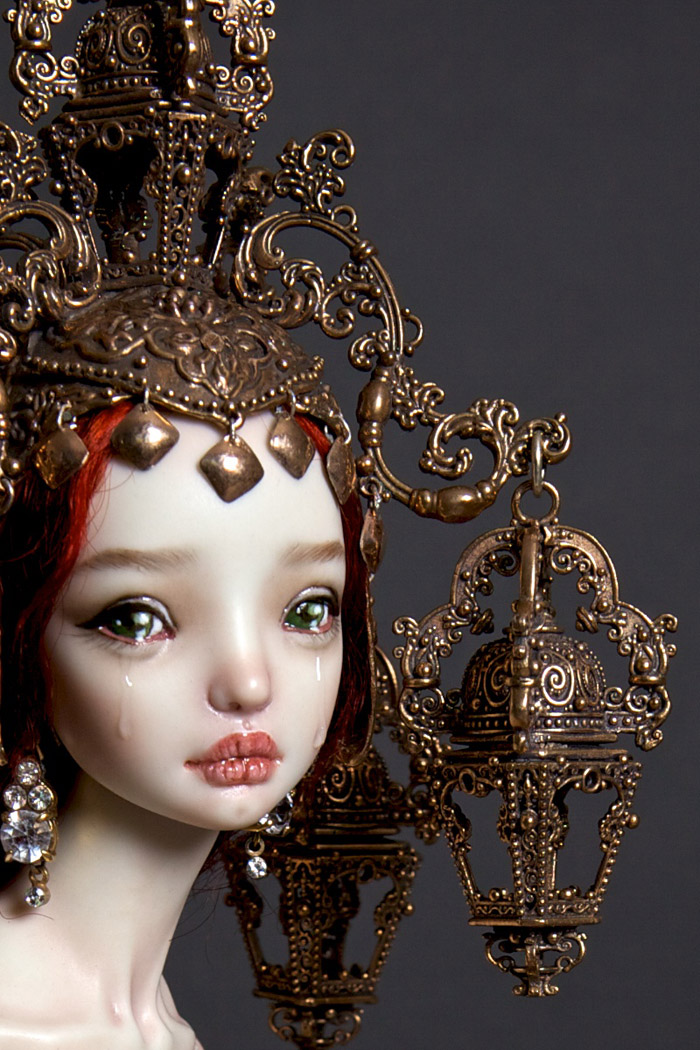
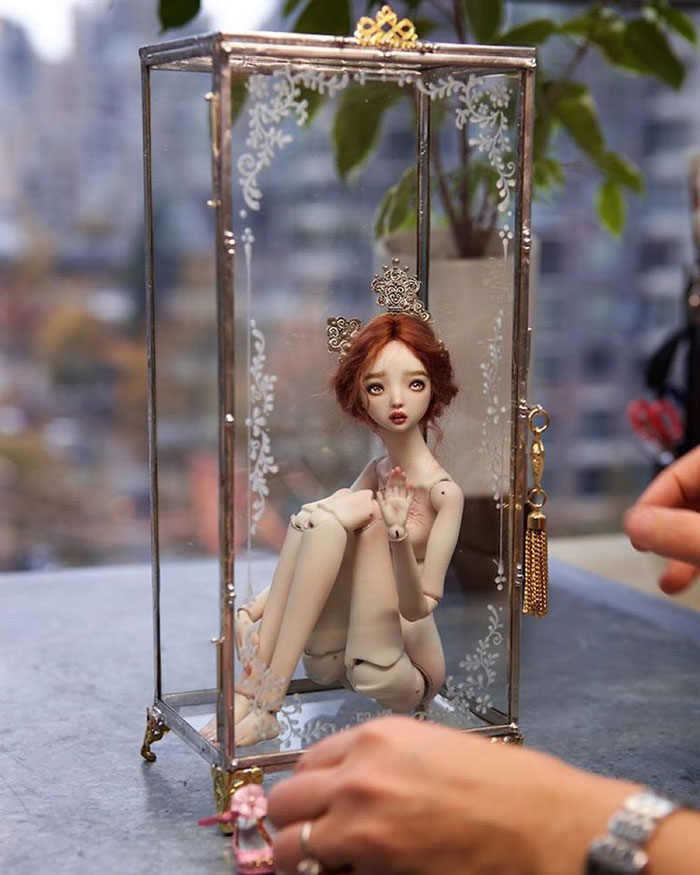
Her dolls are painted realistically, from the way she paints and blushes the porcelain, she gives the dolls life. Staring into their painted glassy eyes there is a keen sense of sadness or fragility to them that makes them feel vulnerable and mysterious. There is more depth to them then the average Barbie which is further presented in her photoshoots and posts.
After looking deeper into this artist, I find her dolls even more intriguing. She states in her interview that for her dolls to be considered an art form, they need to have something more than just pure aesthetics. Thus the dolls themselves are named in a way that either reflect the artist, her love for mythology, fairy tales, and folklore, her fears, experiences, or world issues that she feels strongly for. She then goes about writing about her short comments or opinions about the topics.

The reason for this stylistic choice of painting is also rather thought provoking. In an interview with Pixelsurgeon she says, “I find this deliberate denial of the essence of life to be ignorant and appalling. I don’t know why there is so much fear and shame associated with human sexuality. Every Barbie needs to have a vagina. Every Ken needs a penis.”
When asked why does she do so, she explains that most dolls though imitate human form are sterilized through a complete removal of sex organs. She continues to describe the process of such to seem like they are being cleansed of their sinful humanity and denying the essence of life. Hence for her dolls, it is important to include even the genitalia.



Finally I also admire her ability to be able to make every part of the doll from scratch. Doll making is multidisciplinary if you are making every part of them from scratch, hence I am amazed by her ability to master all forms of doll making. From sculpting the body and accessories and casting them out of different materials to making their tiny wigs, doll clothes and furniture if there are any, and painting the dolls with such a likeness to realism.
References:
- https://www.facebook.com/ohmoretv/videos/747943238736741/
- http://www.enchanteddoll.com/
